You are browsing camaro5 

 |
|
|
#1 | |
    Drives: 2010 2SS, 2011 Buick Regal Turbo Join Date: Mar 2009
Location: Nashville, Tennessee
Posts: 1,392
|
The All-New 2016 BMW 7-Series Debuts
__________________
 |
|
|
|

|
|
|
#2 | |
    Drives: 2010 2SS, 2011 Buick Regal Turbo Join Date: Mar 2009
Location: Nashville, Tennessee
Posts: 1,392
|
__________________
 |
|
|
|

|
|
|
#3 | |
    Drives: 2010 2SS, 2011 Buick Regal Turbo Join Date: Mar 2009
Location: Nashville, Tennessee
Posts: 1,392
|
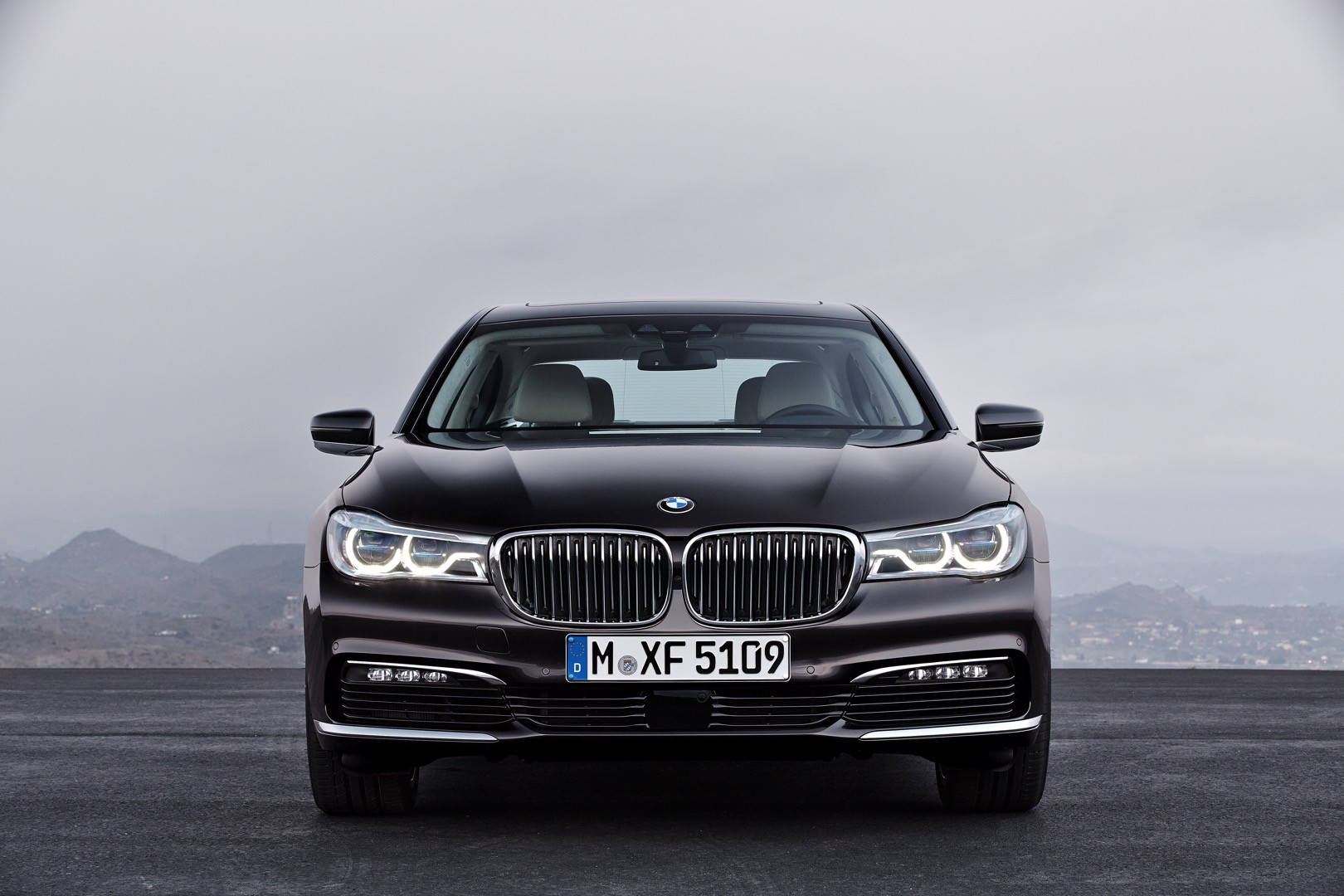 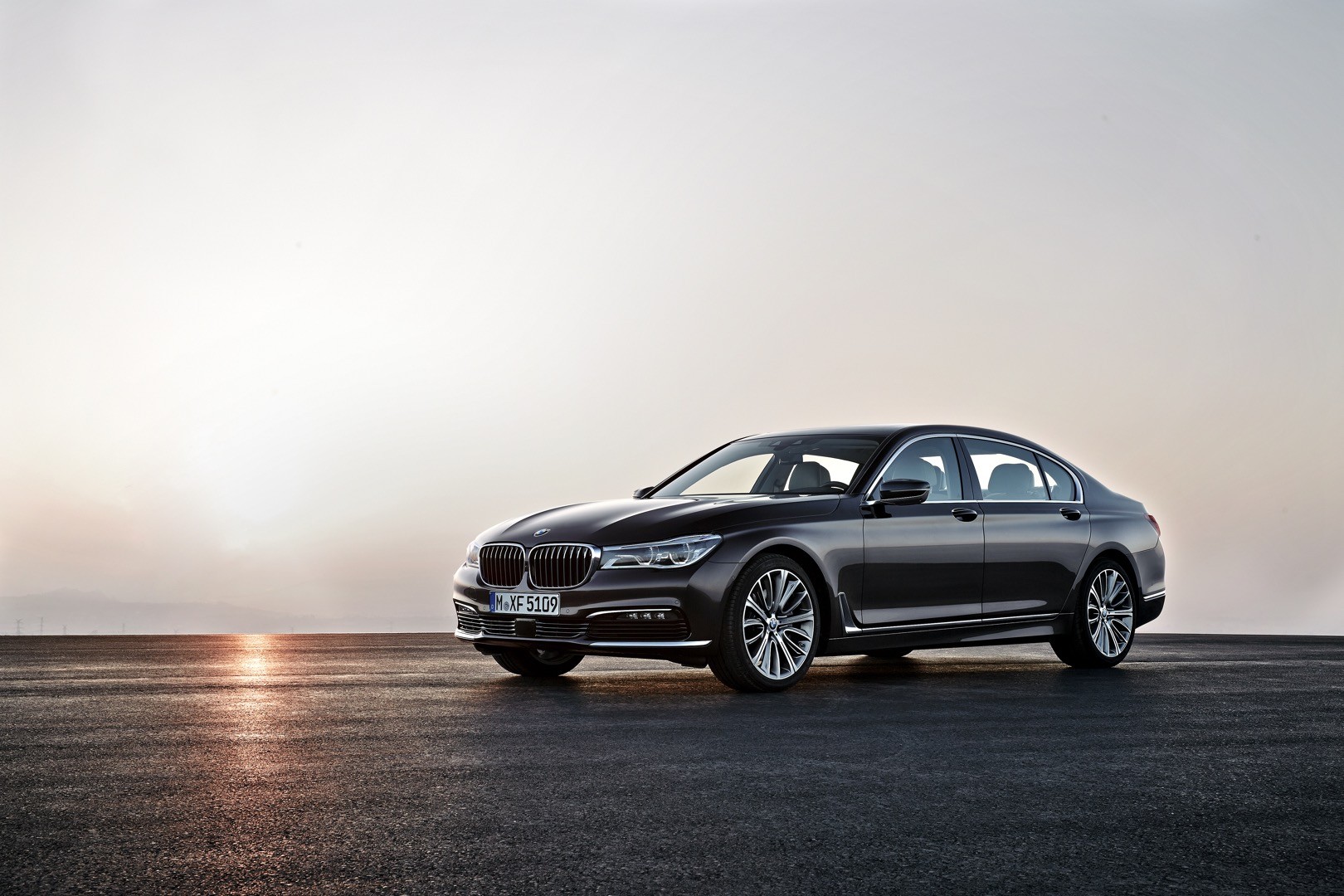 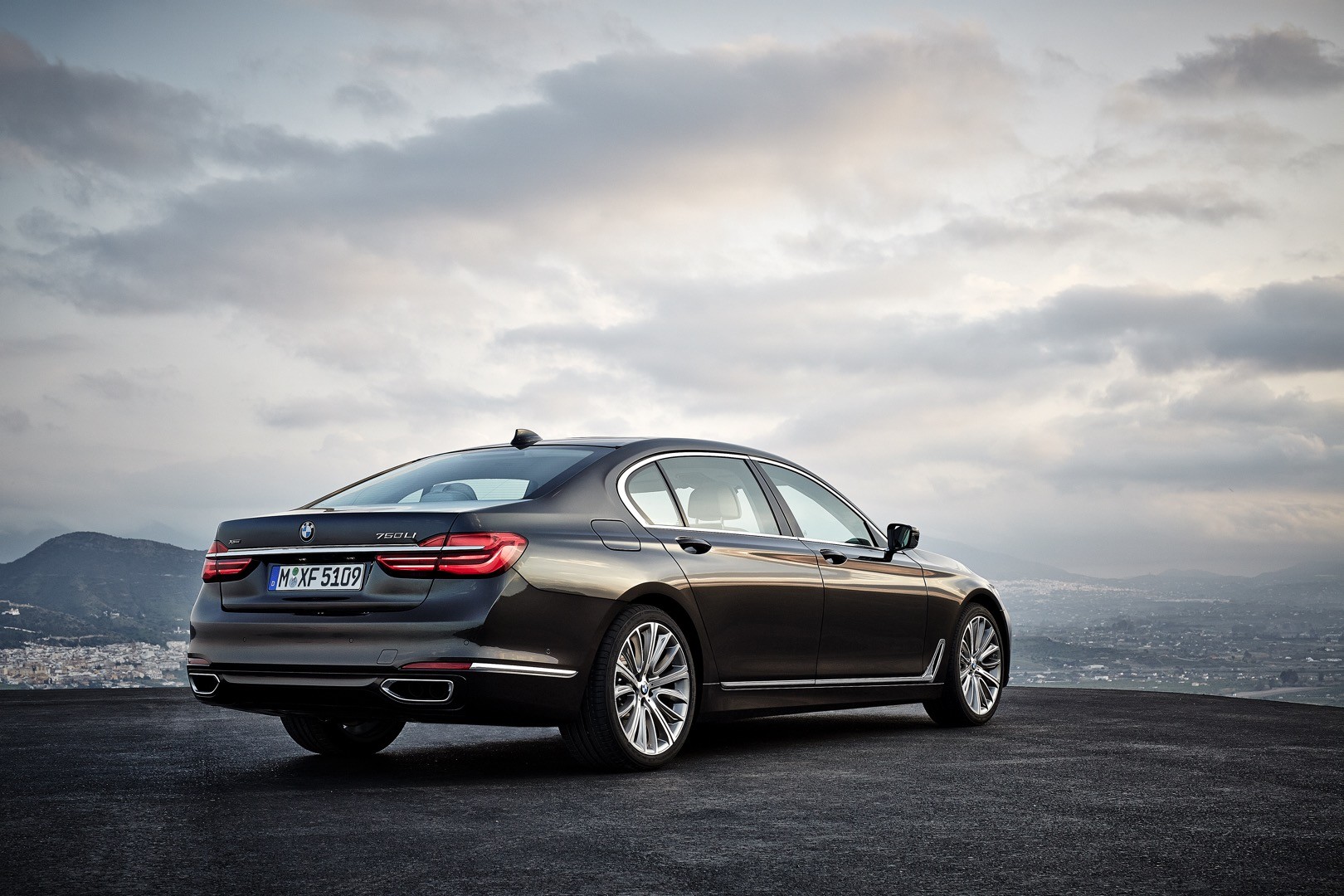 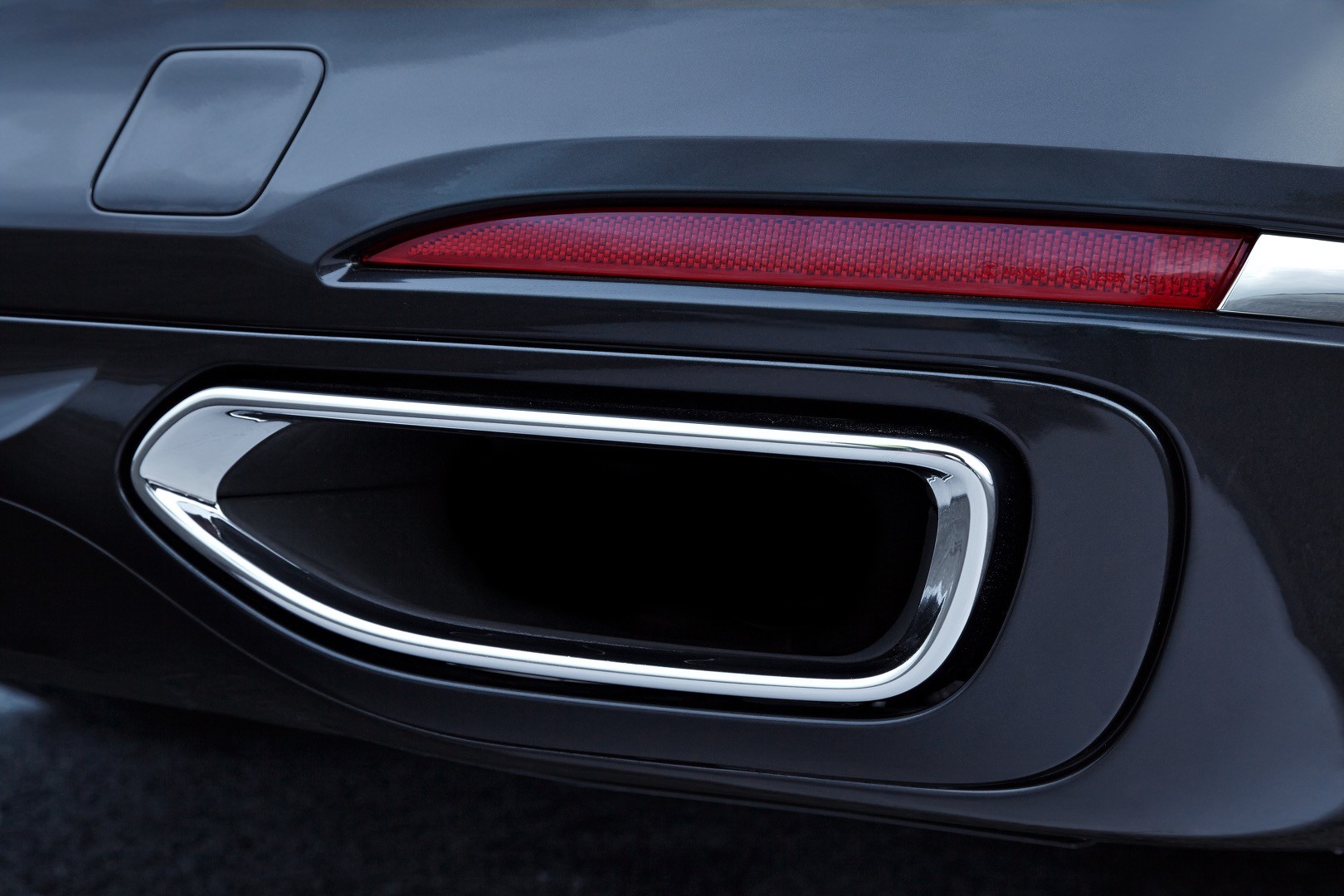 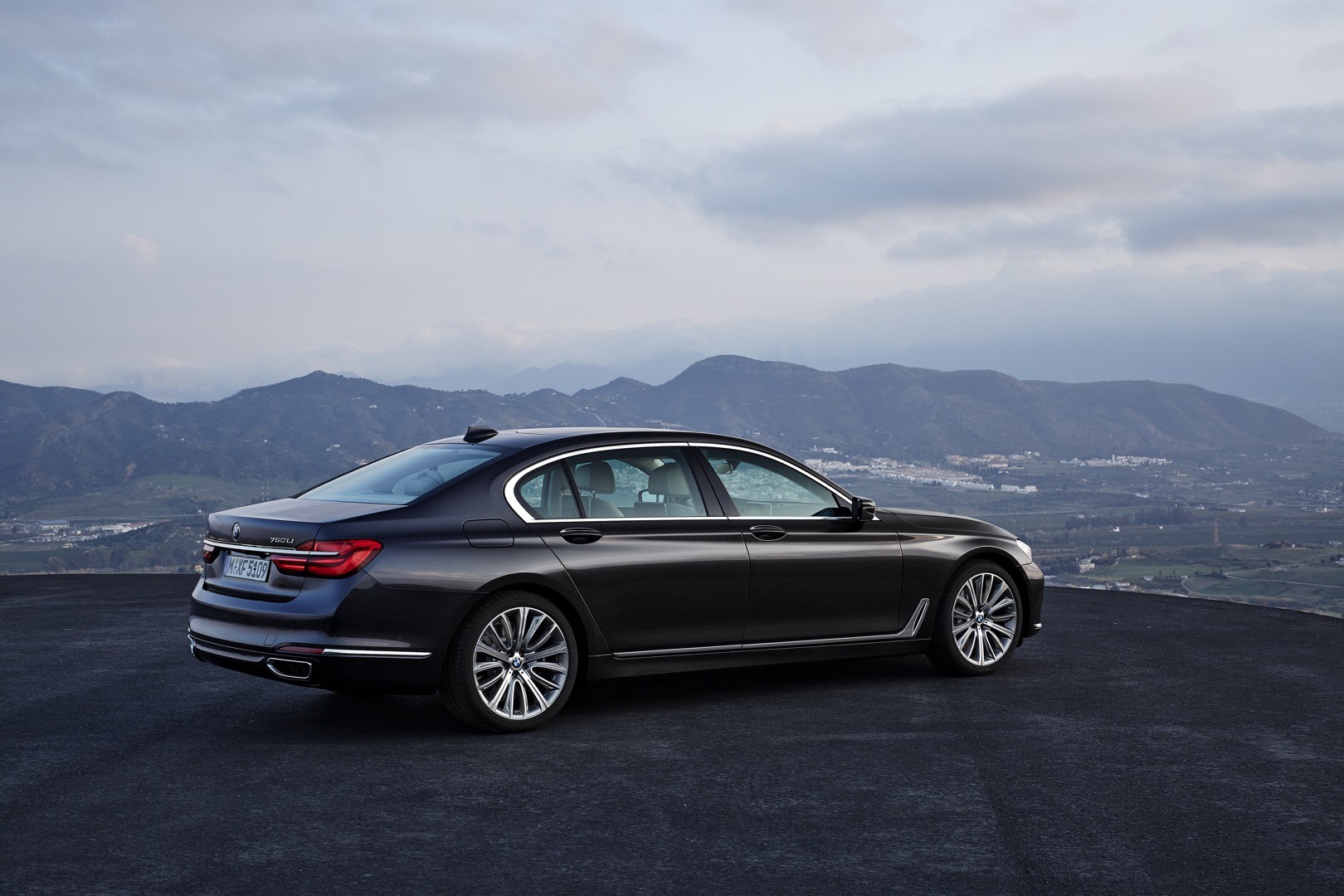 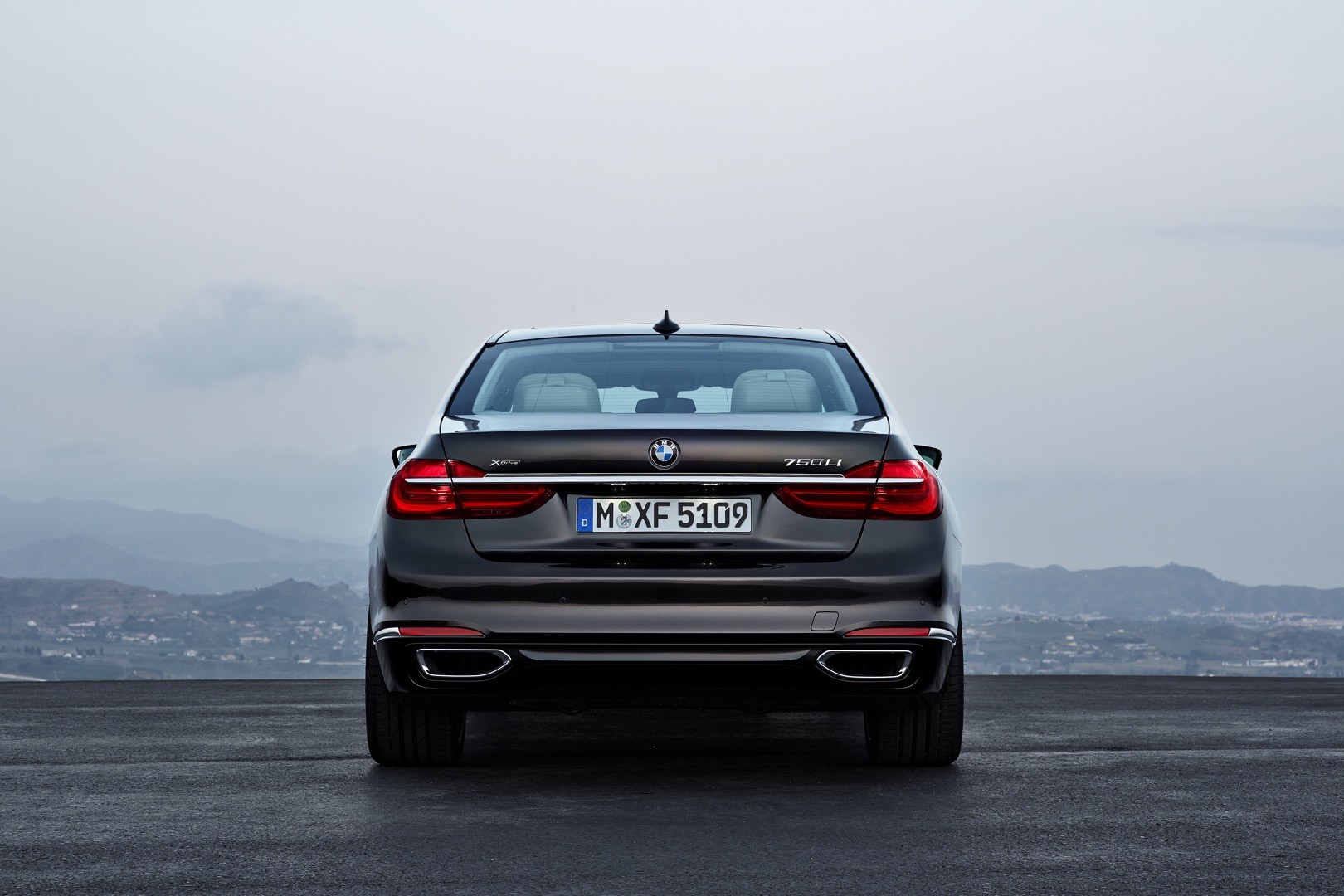 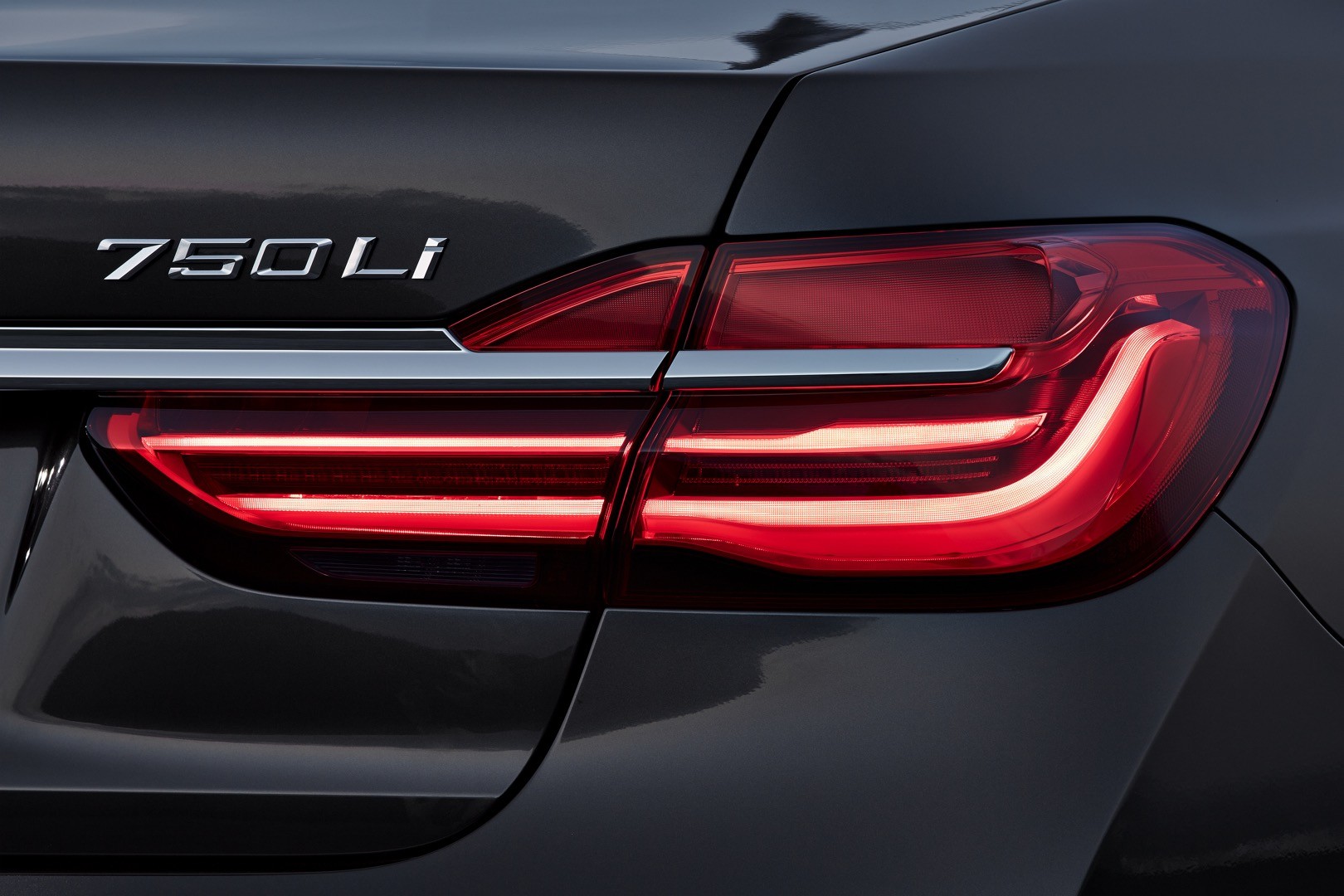 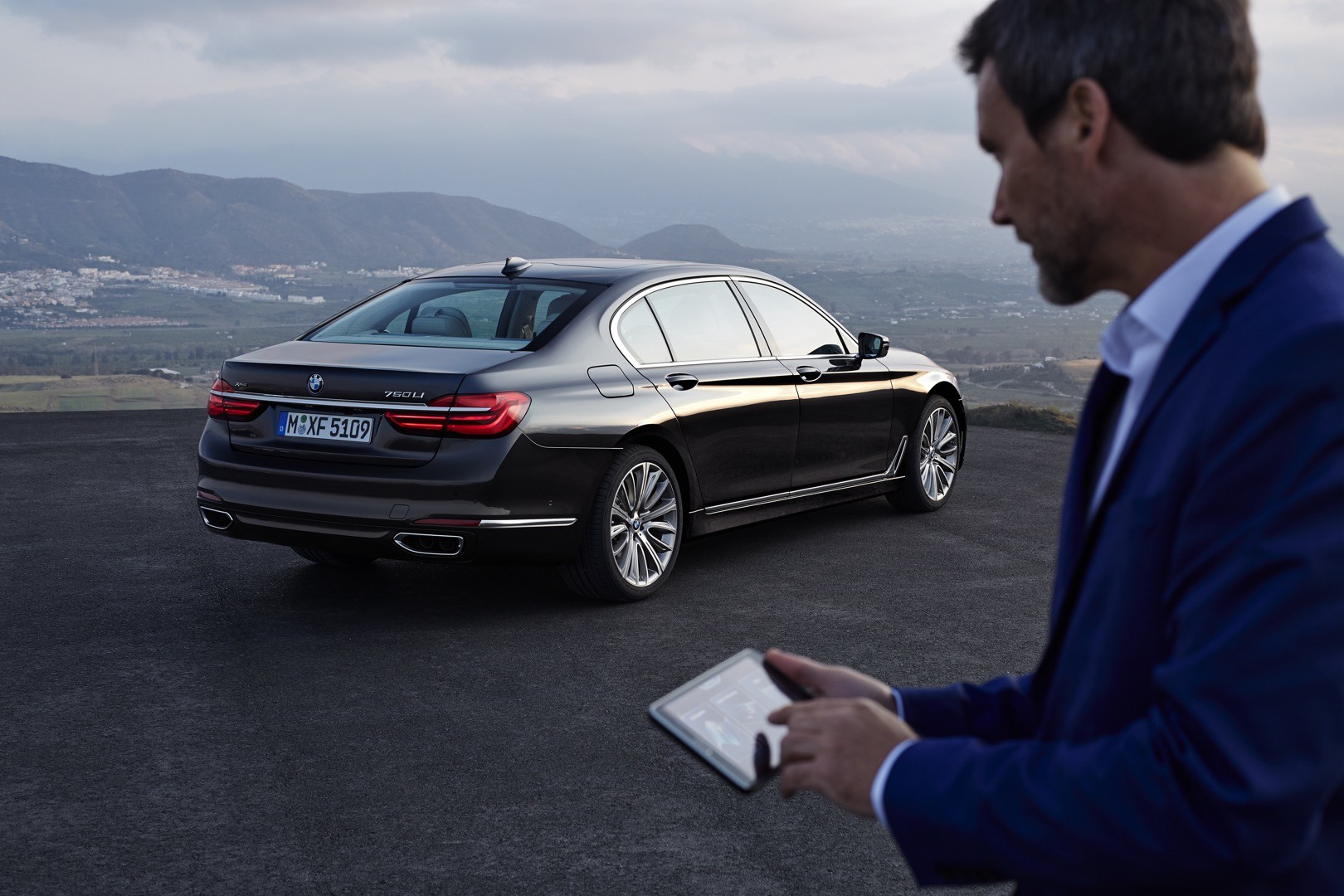 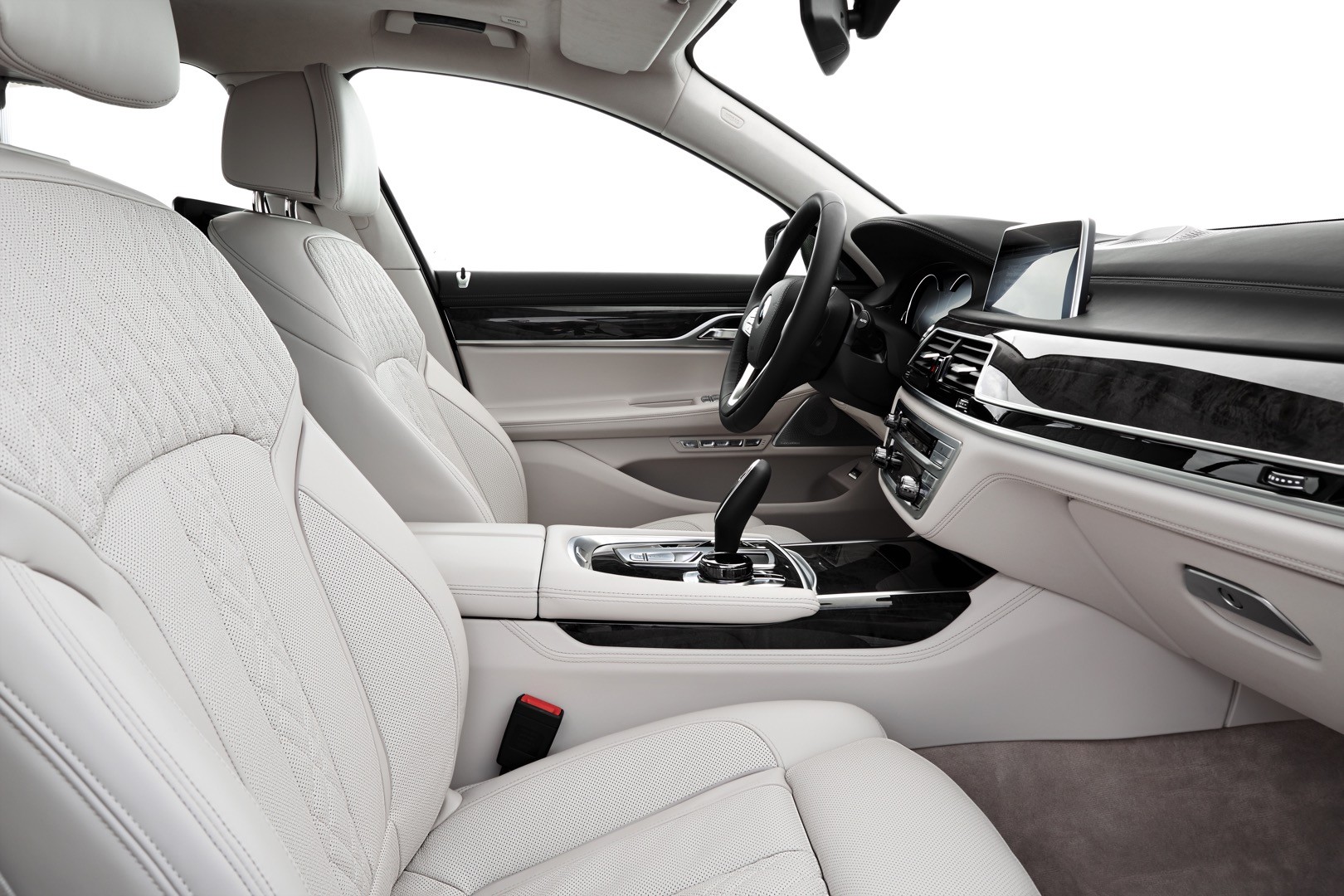 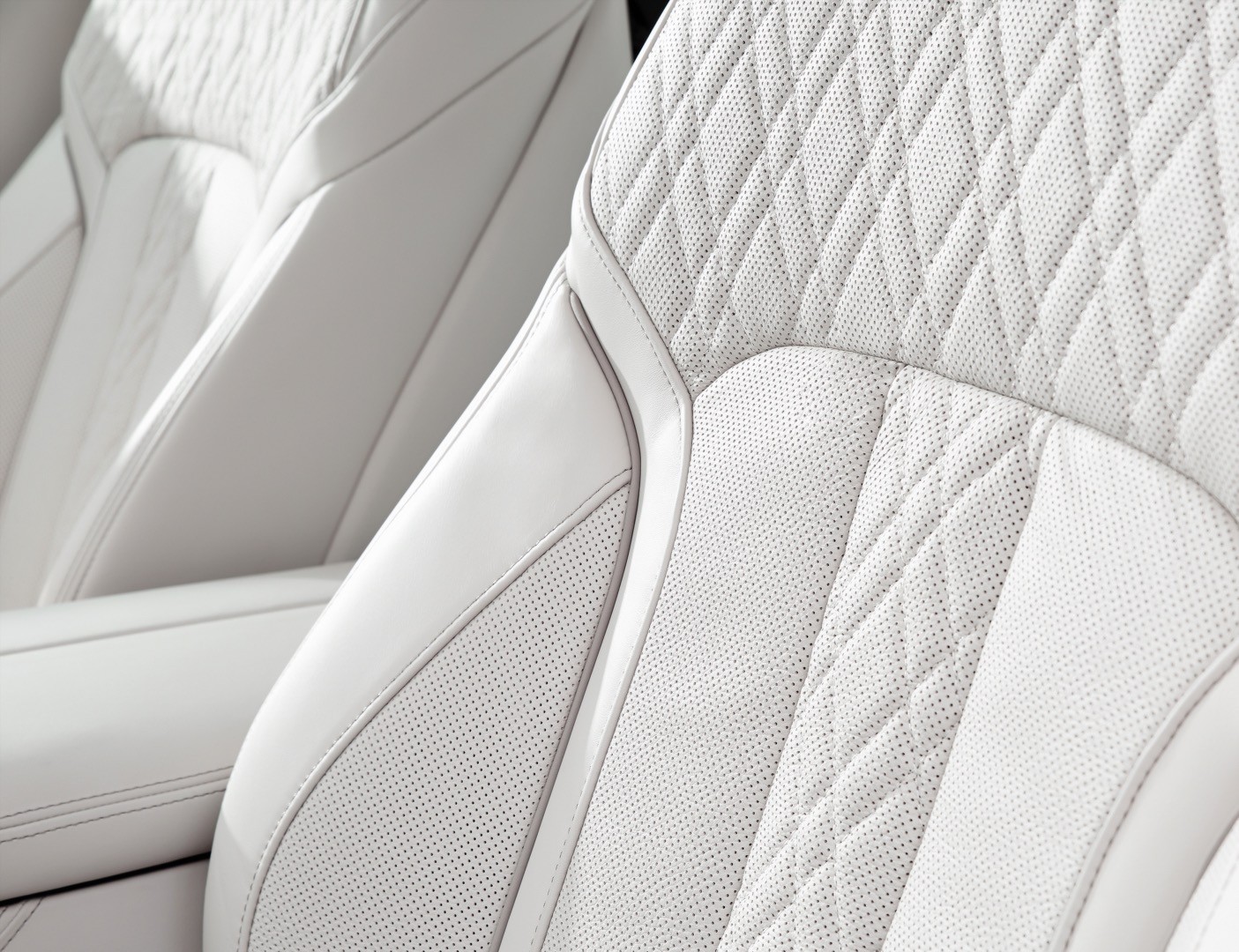 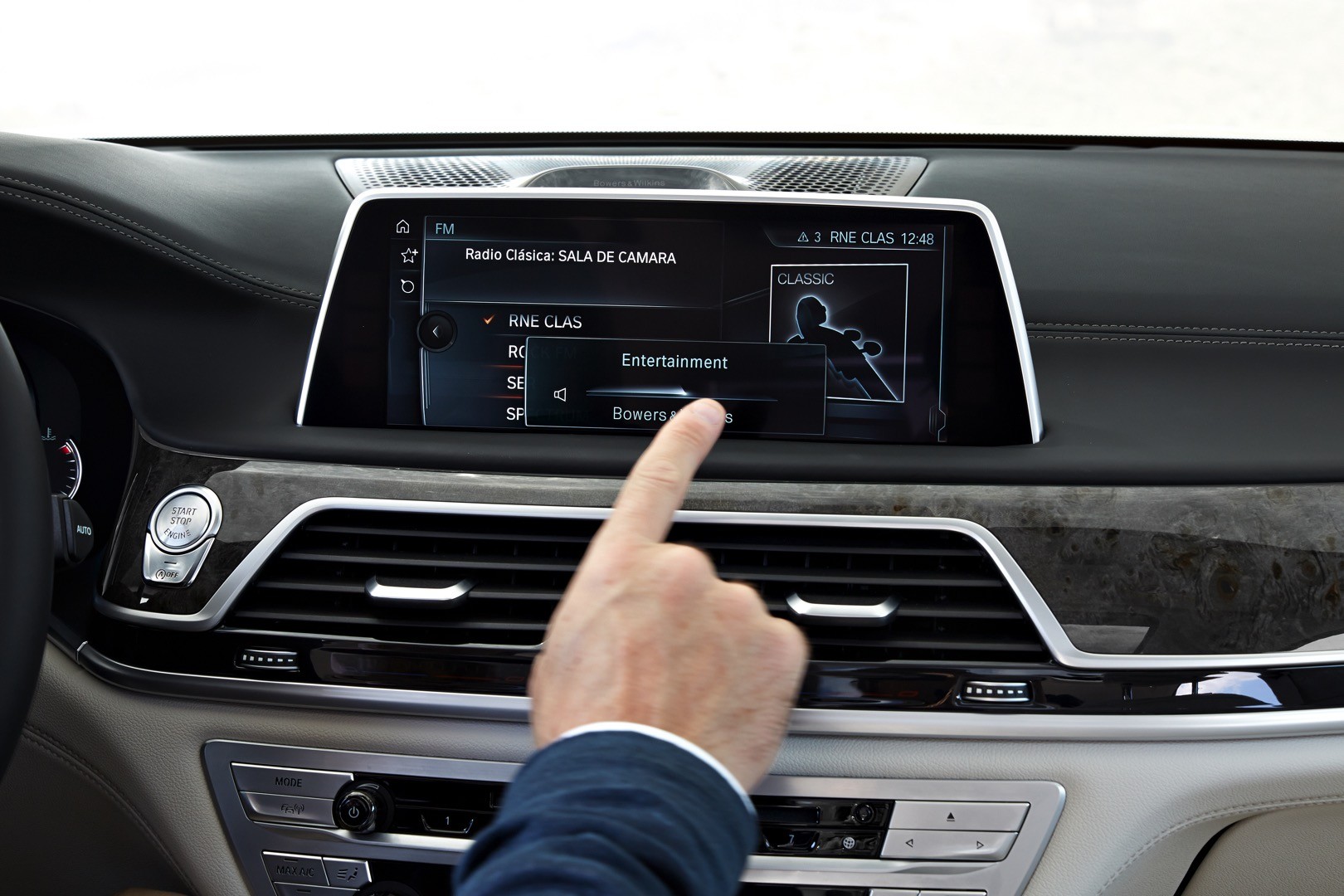 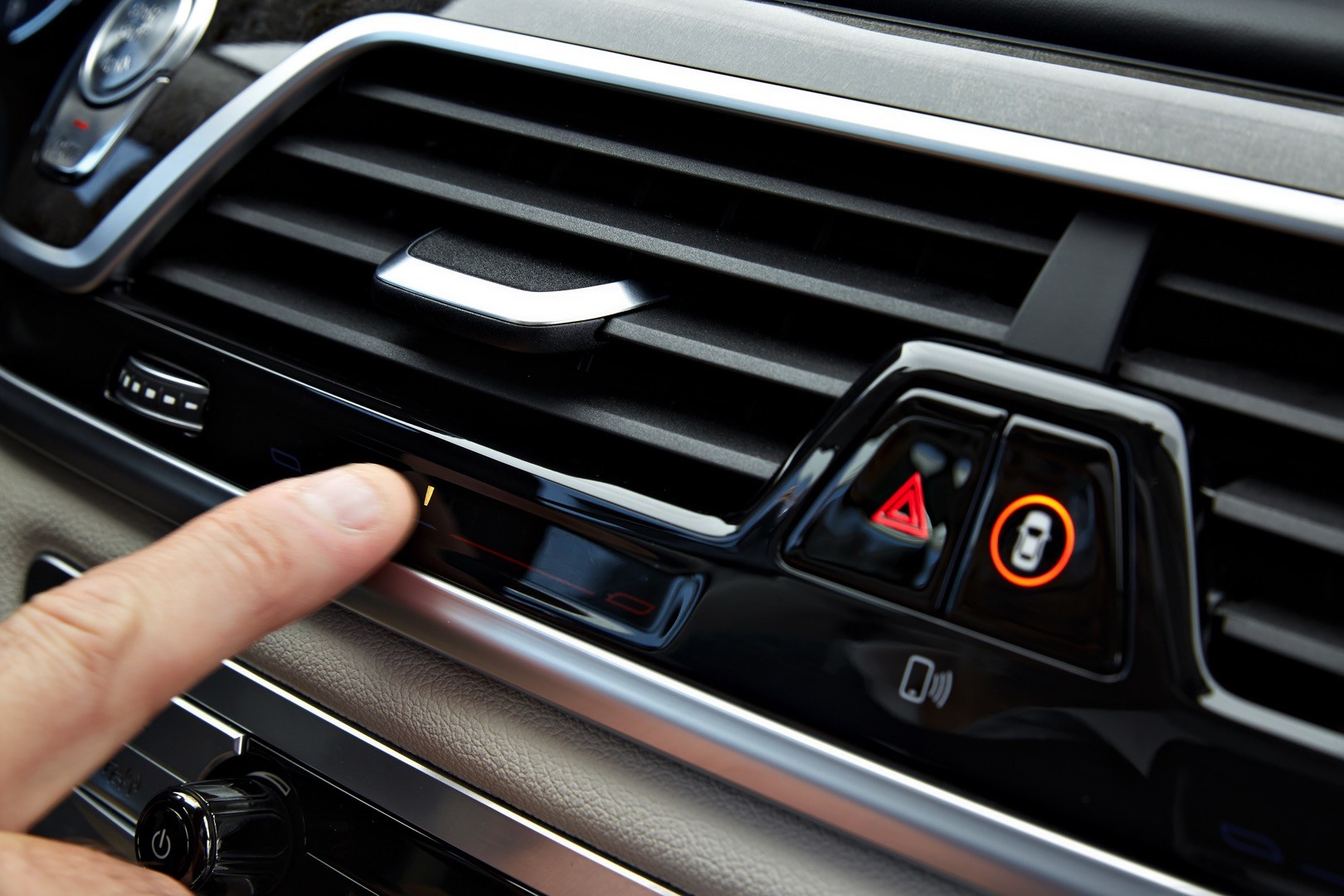   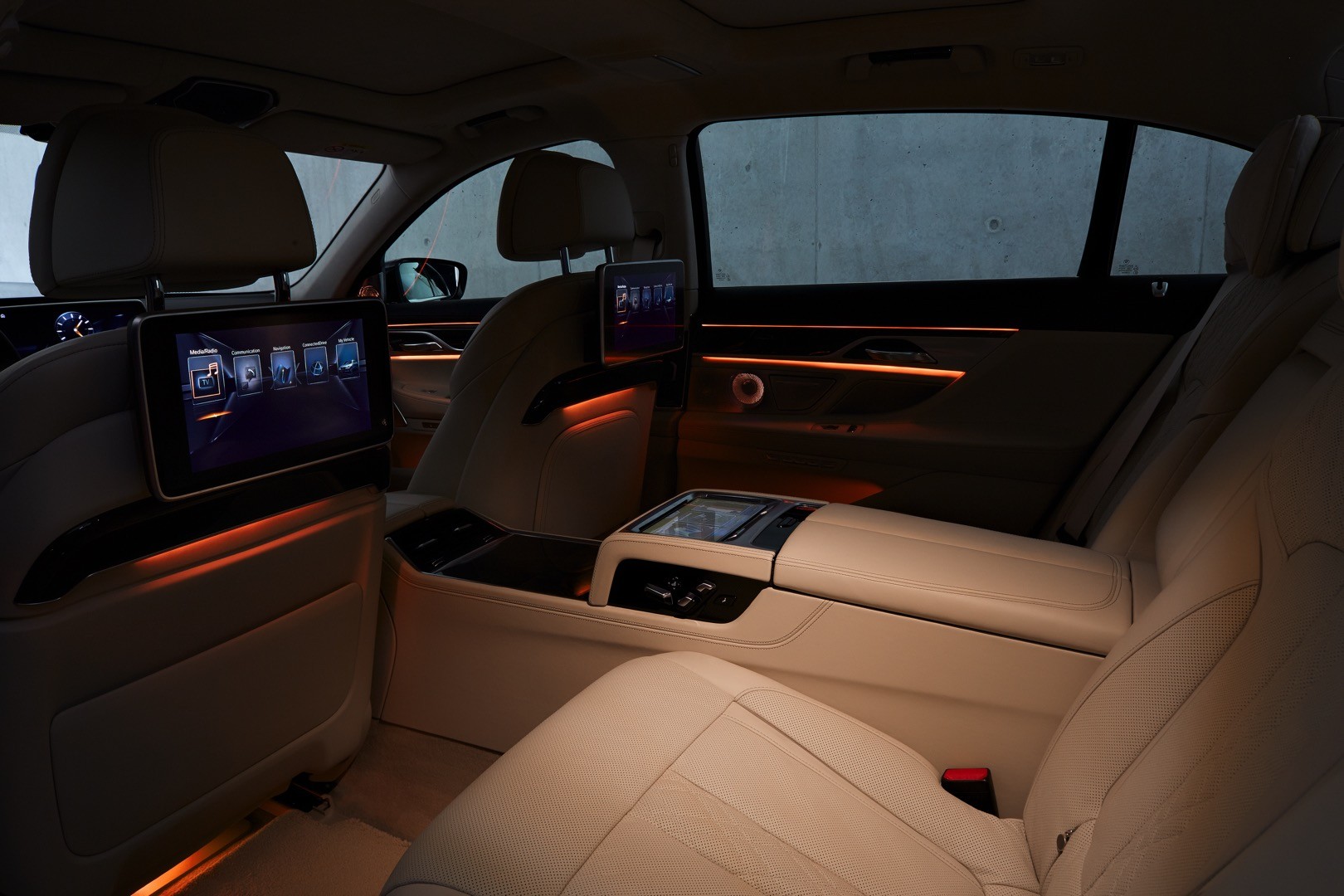  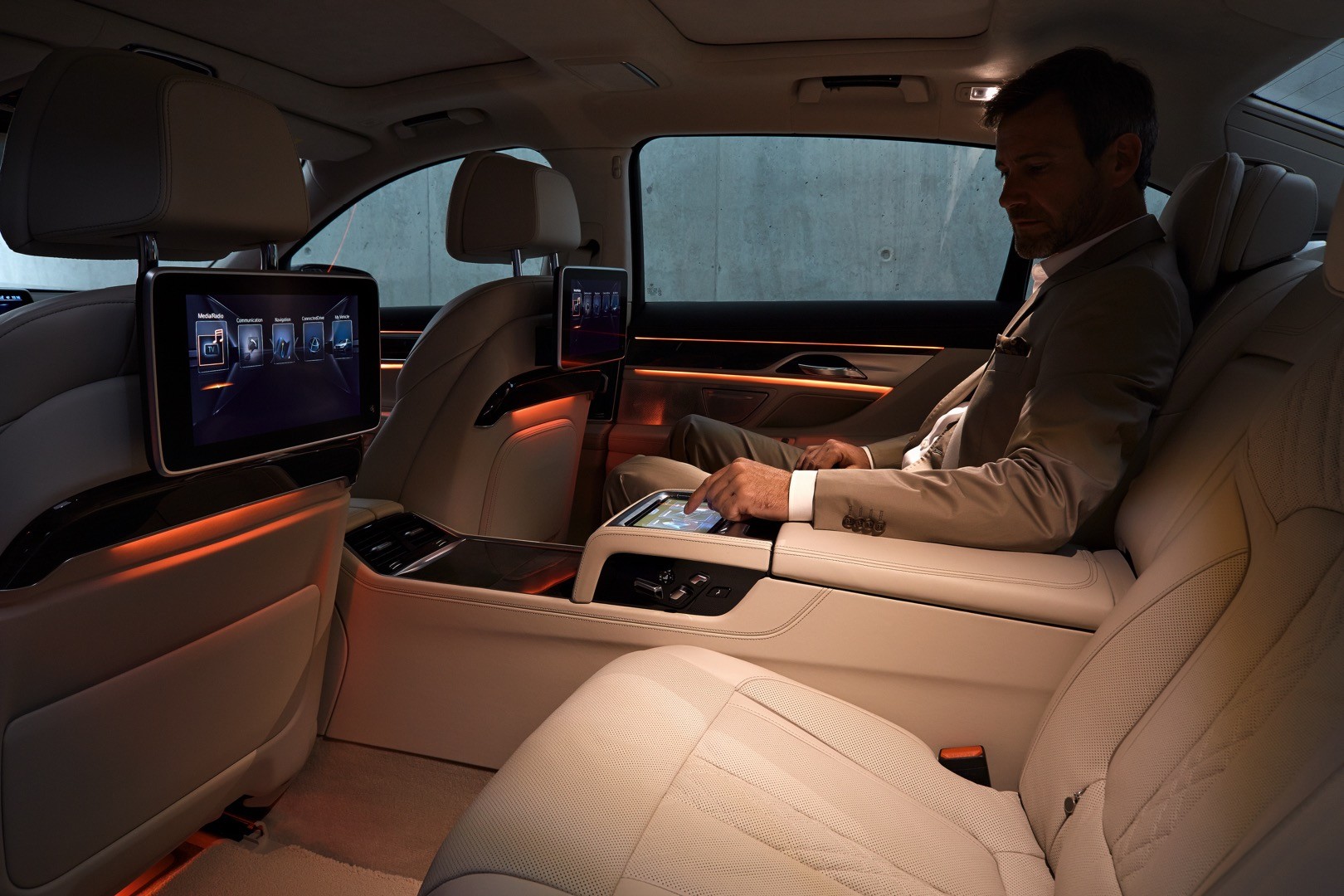 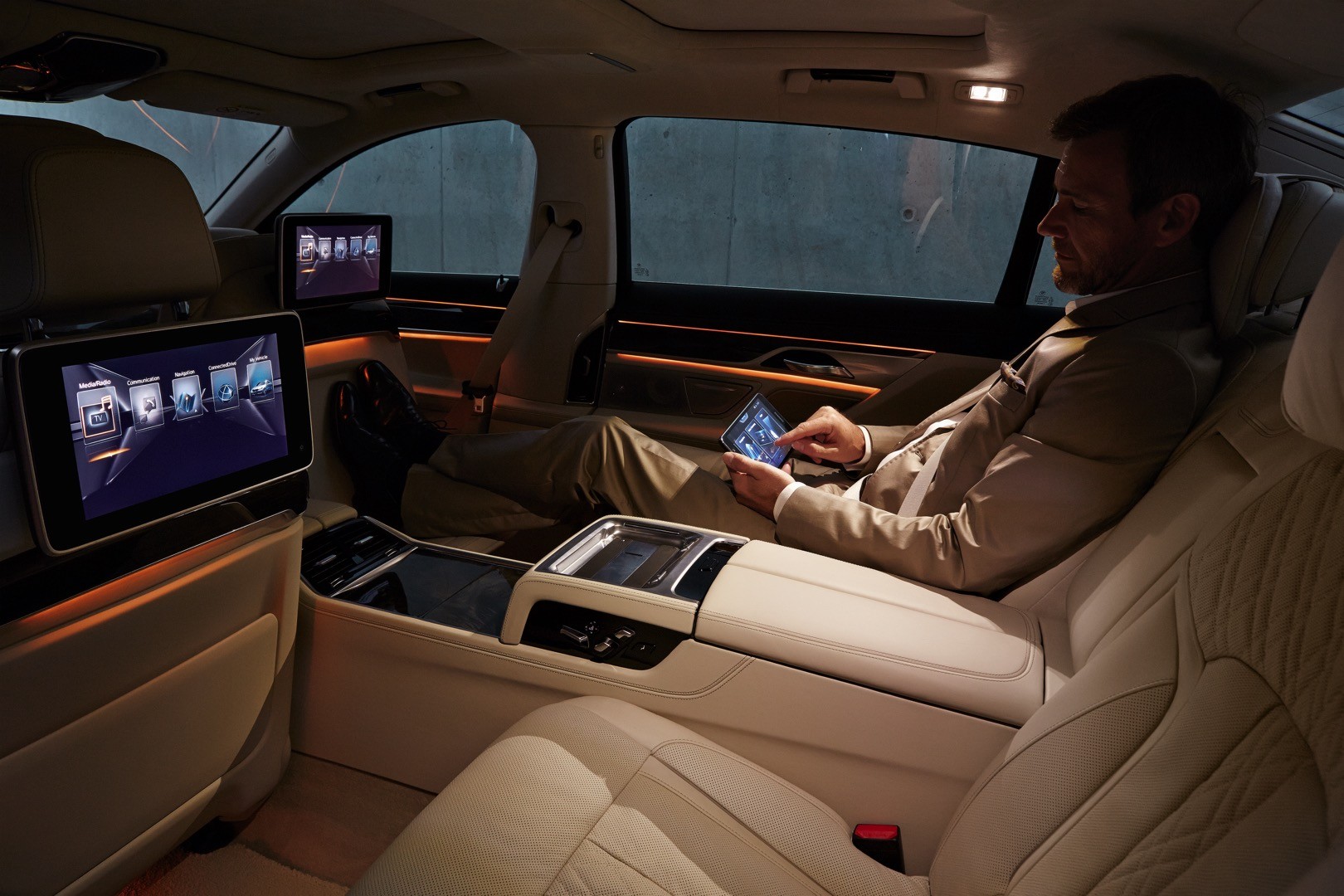 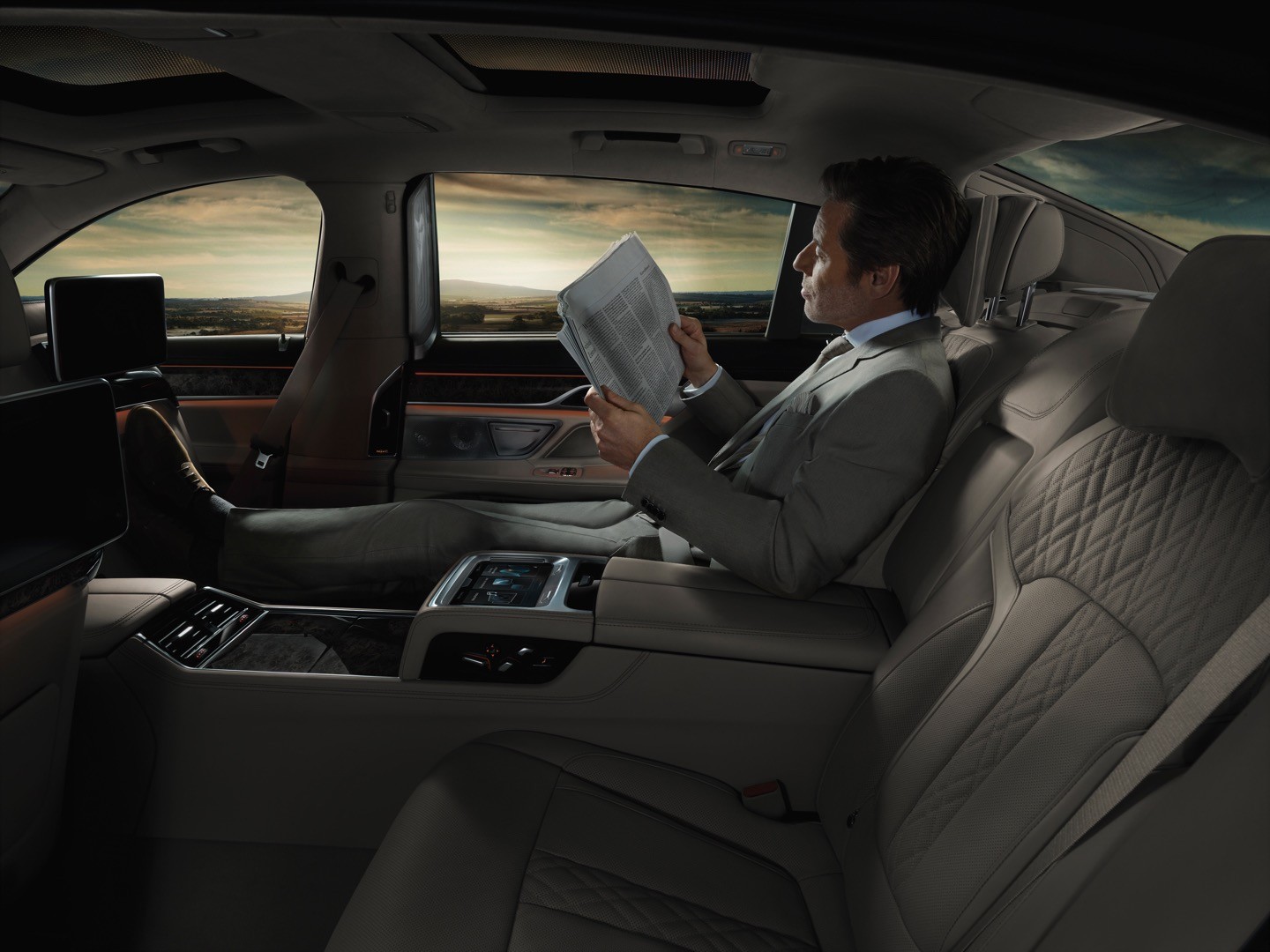 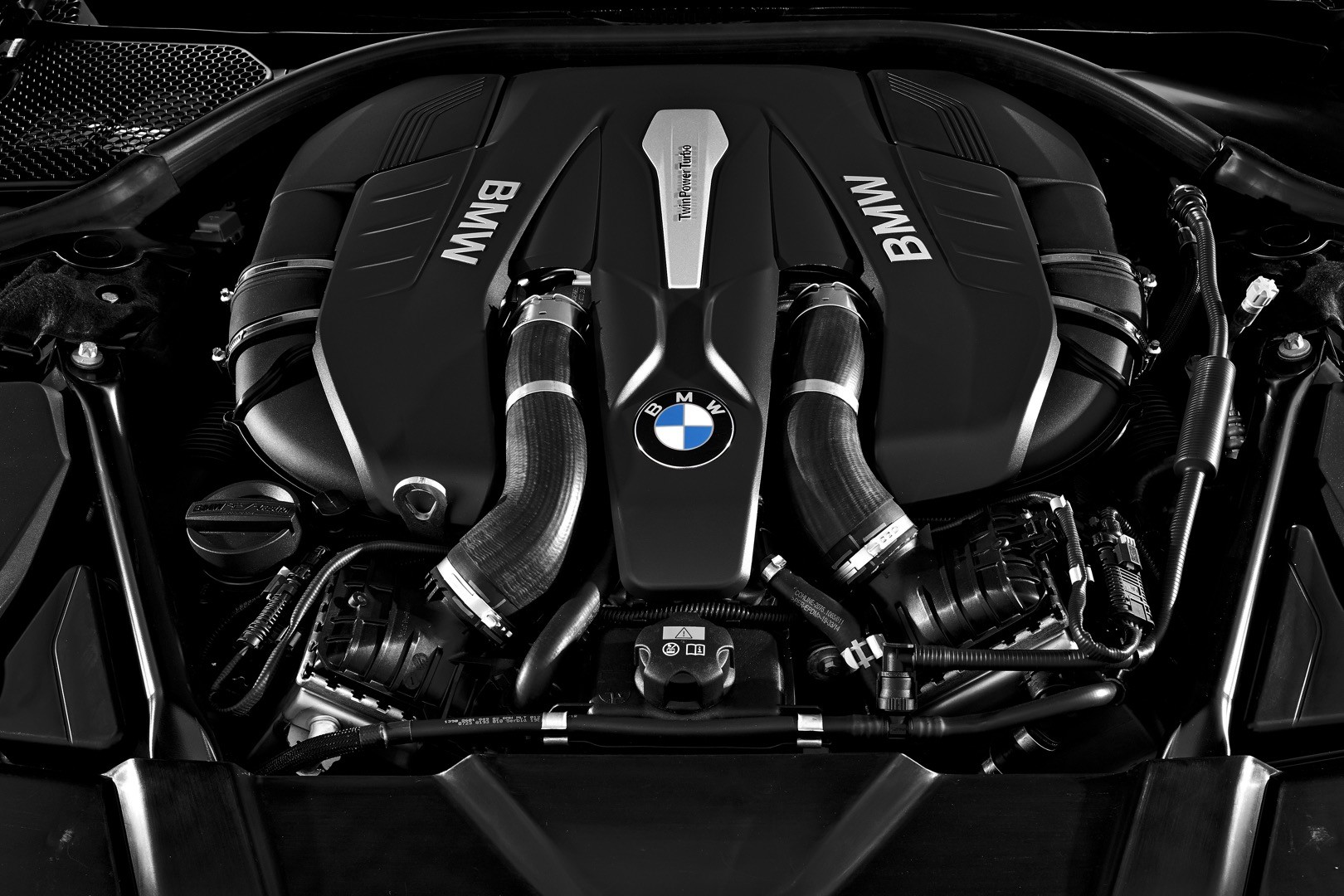 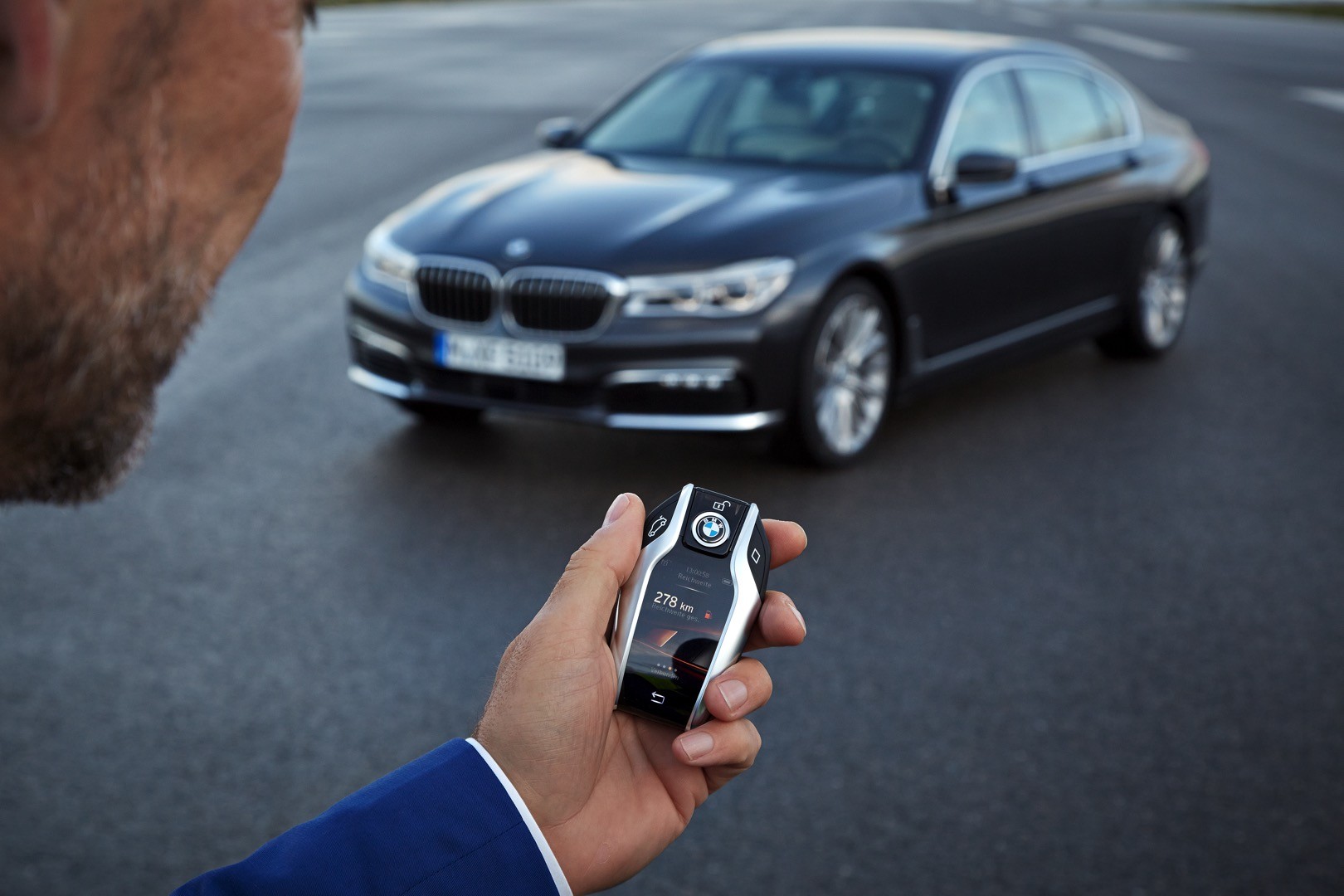 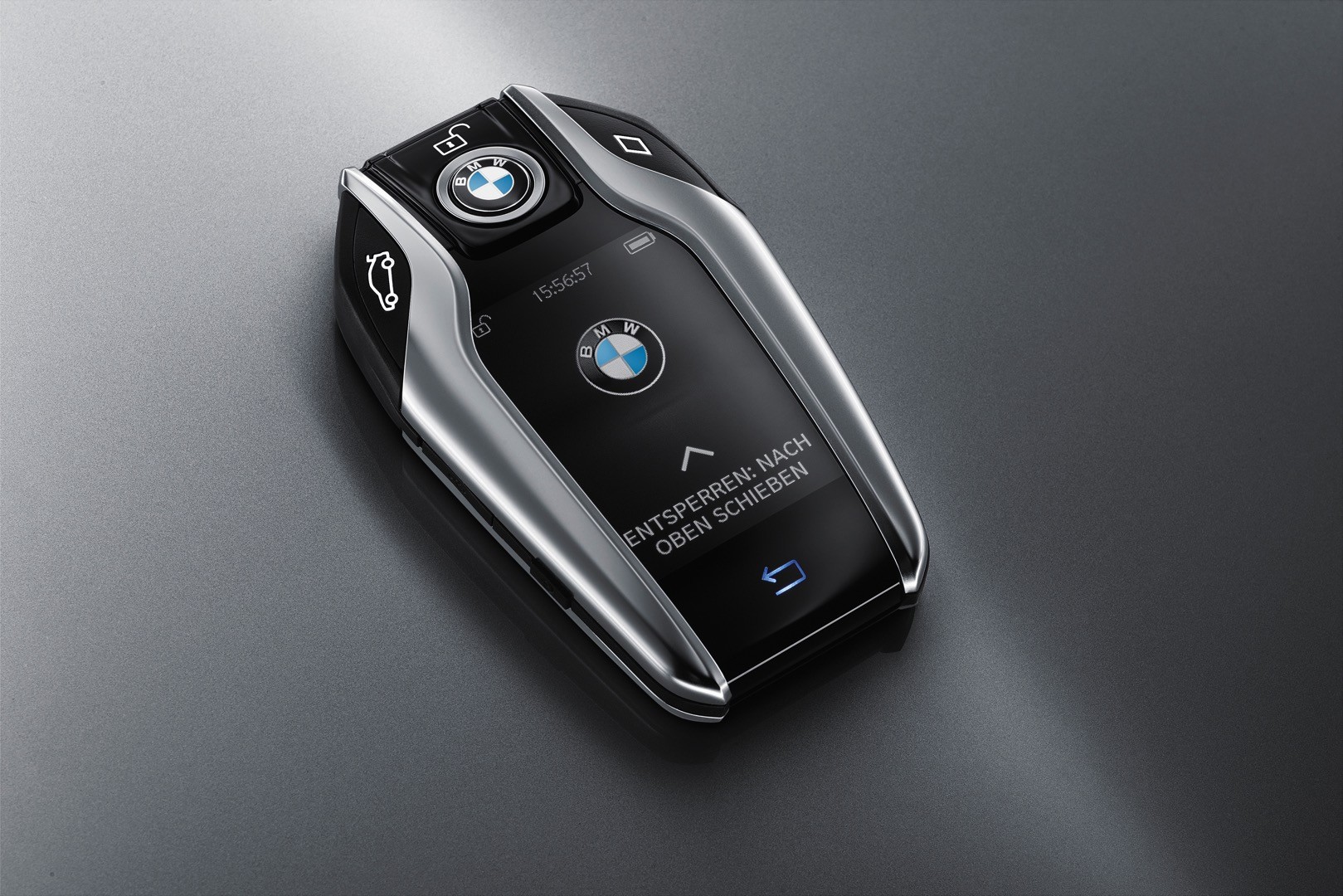 Quote:
__________________
 |
|
|
|

|
|
|
#4 | |
    Drives: 2010 2SS, 2011 Buick Regal Turbo Join Date: Mar 2009
Location: Nashville, Tennessee
Posts: 1,392
|
(Car And Driver)
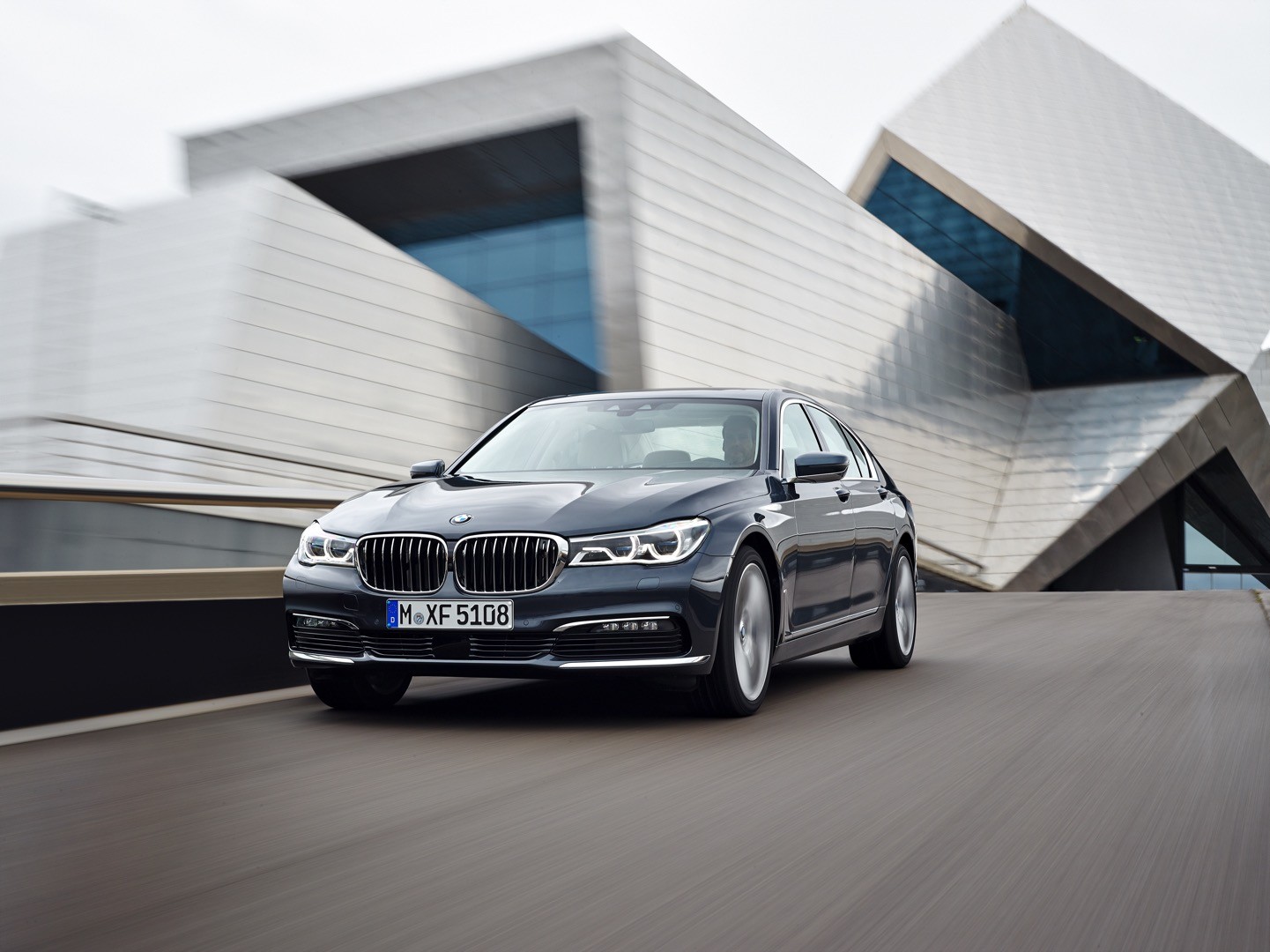 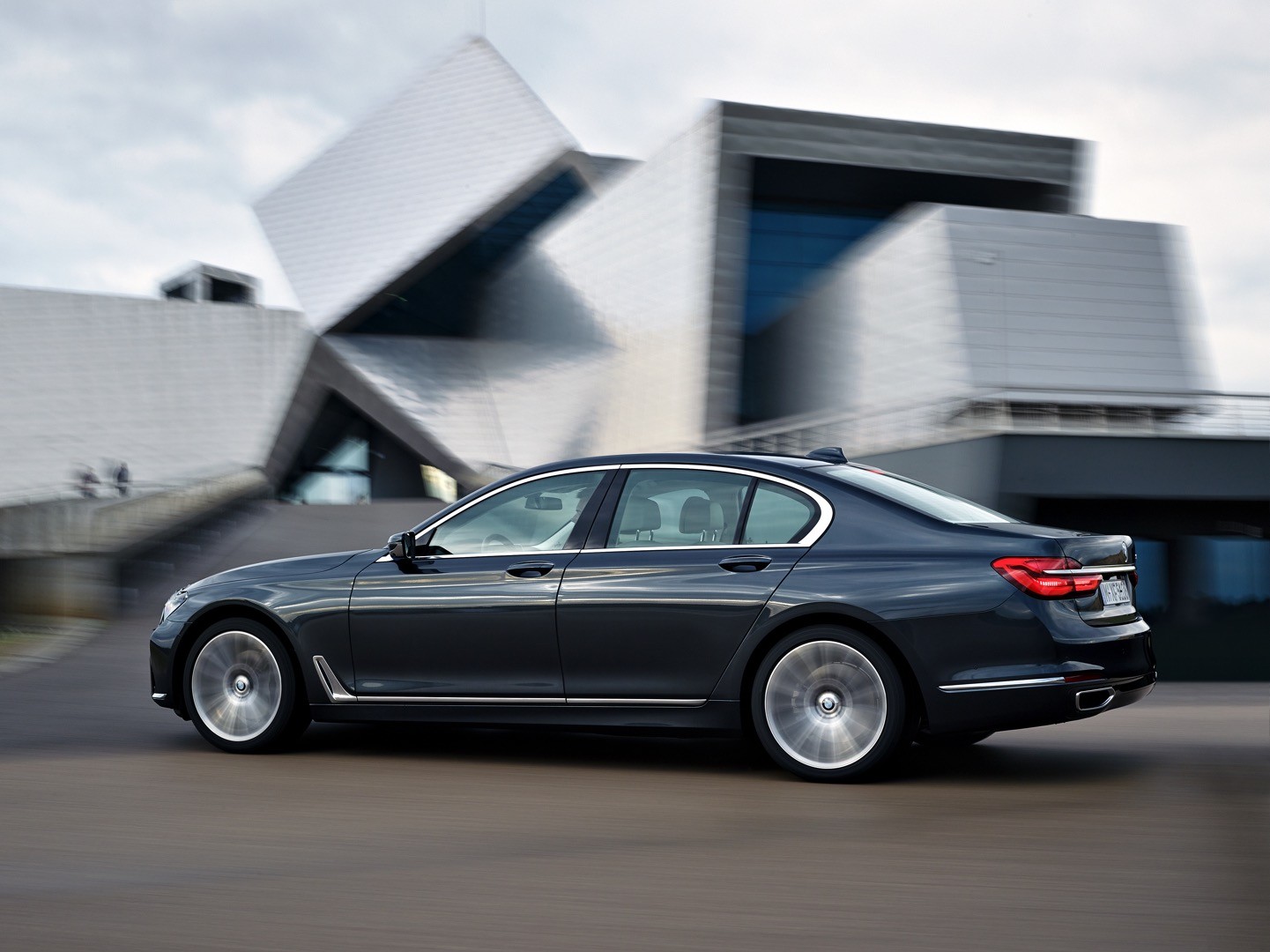 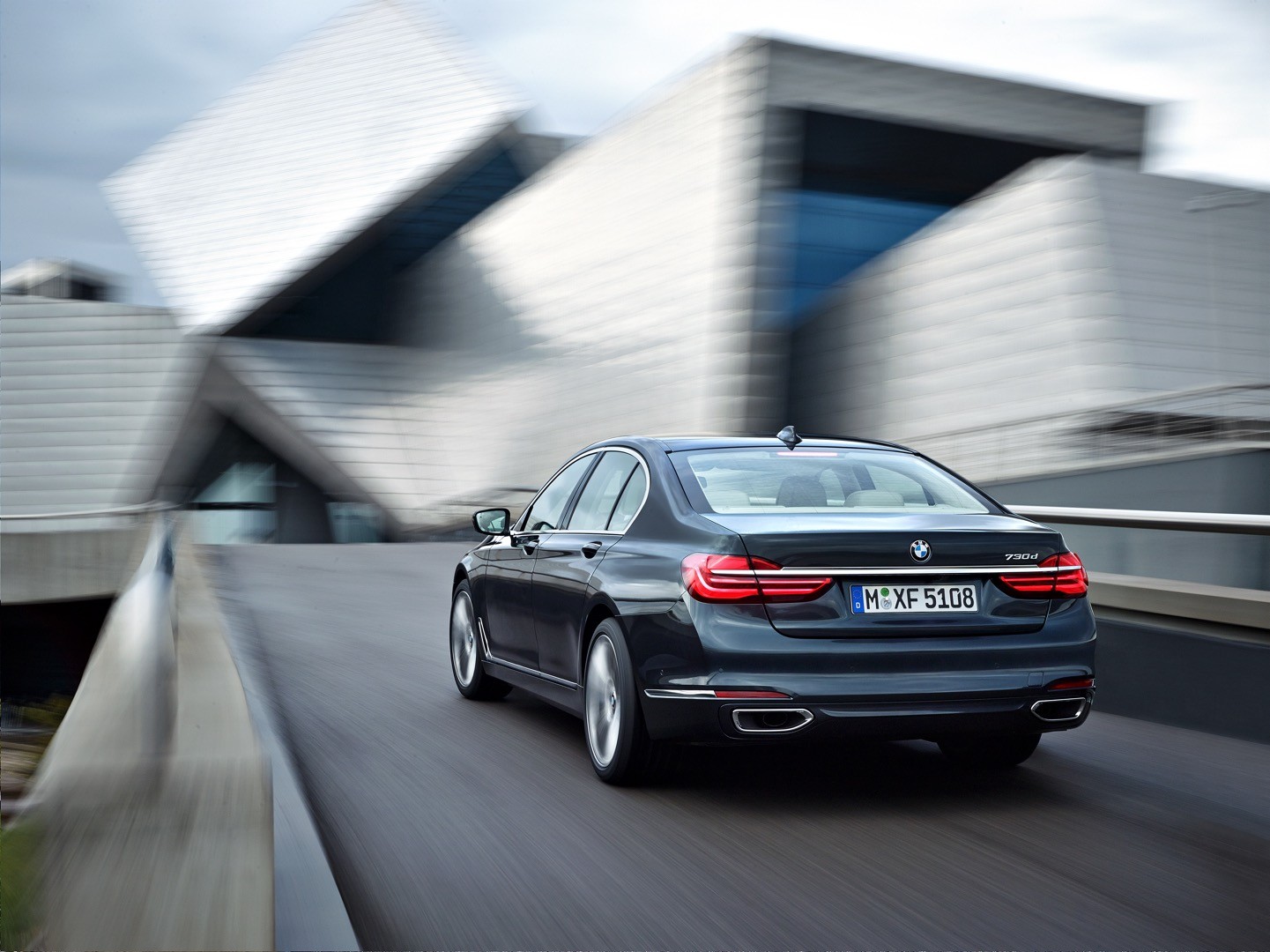 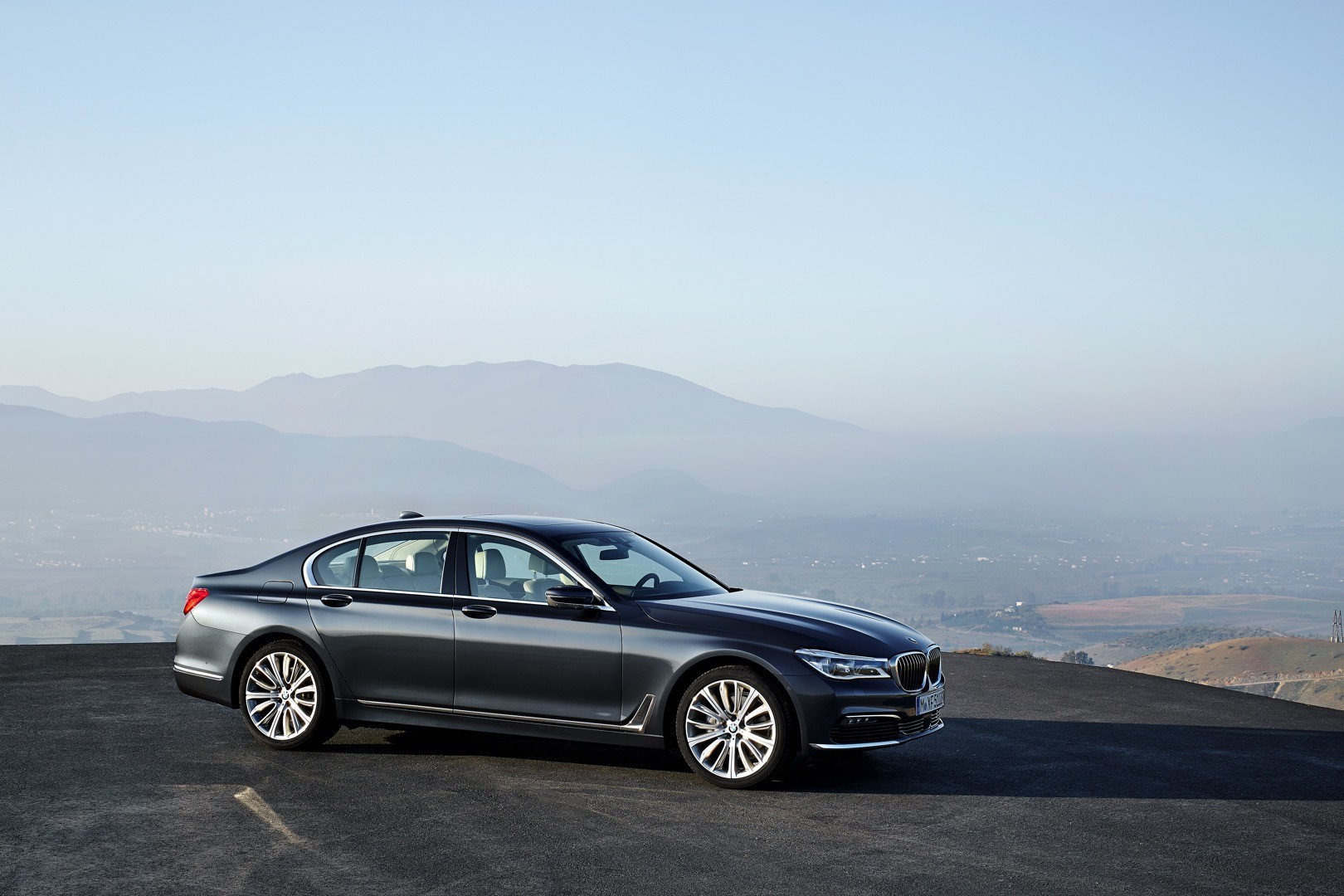 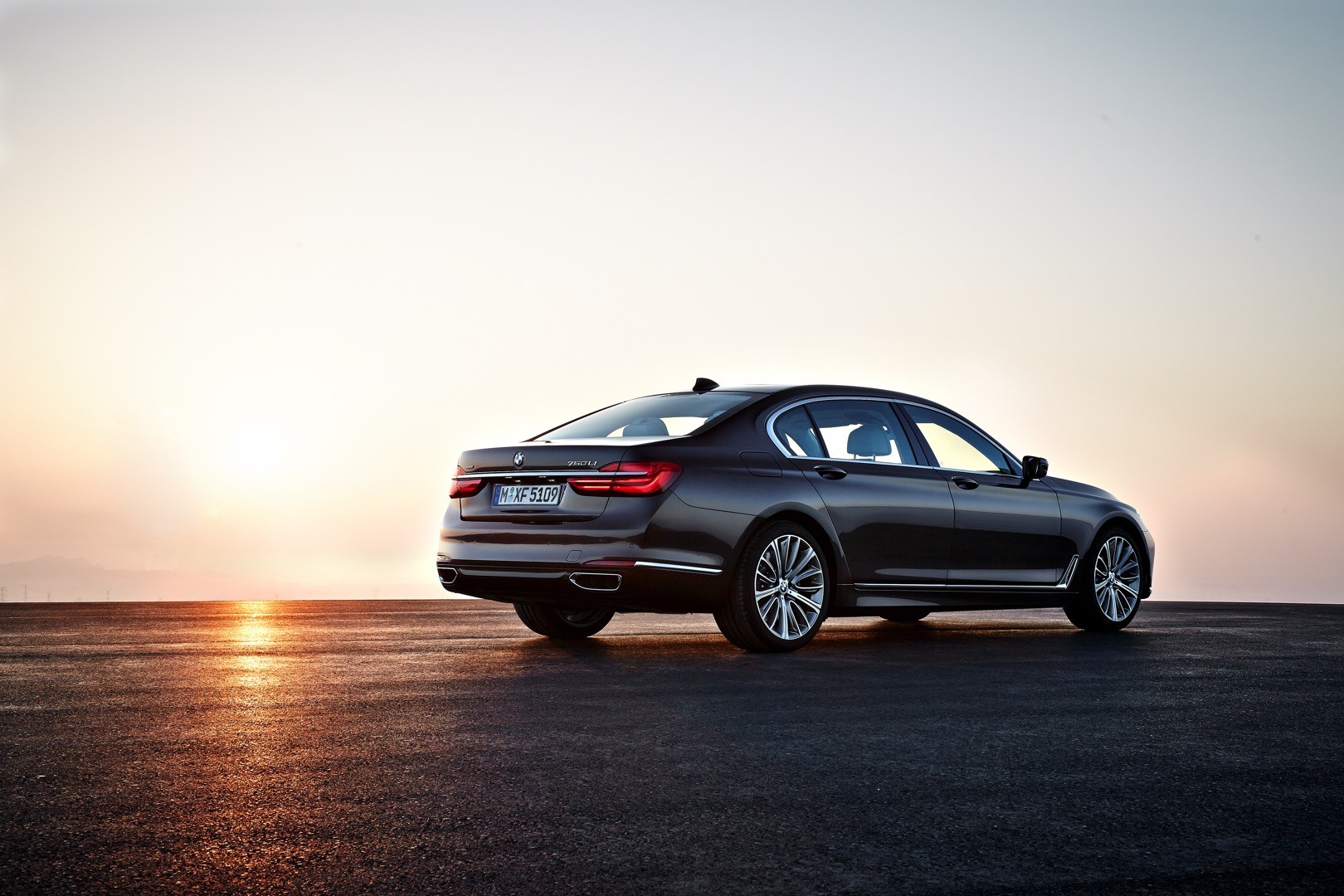 2016 BMW 7-series Revealed: Ultra-Plush and Gadget-Stuffed BMW's supercruiser loses some weight but gets seriously tech-heavy. Quote:
__________________
 |
|
|
|

|
|
|
#5 |
    Drives: 2010 2SS, 2011 Buick Regal Turbo Join Date: Mar 2009
Location: Nashville, Tennessee
Posts: 1,392
|
7-Series M Sport
 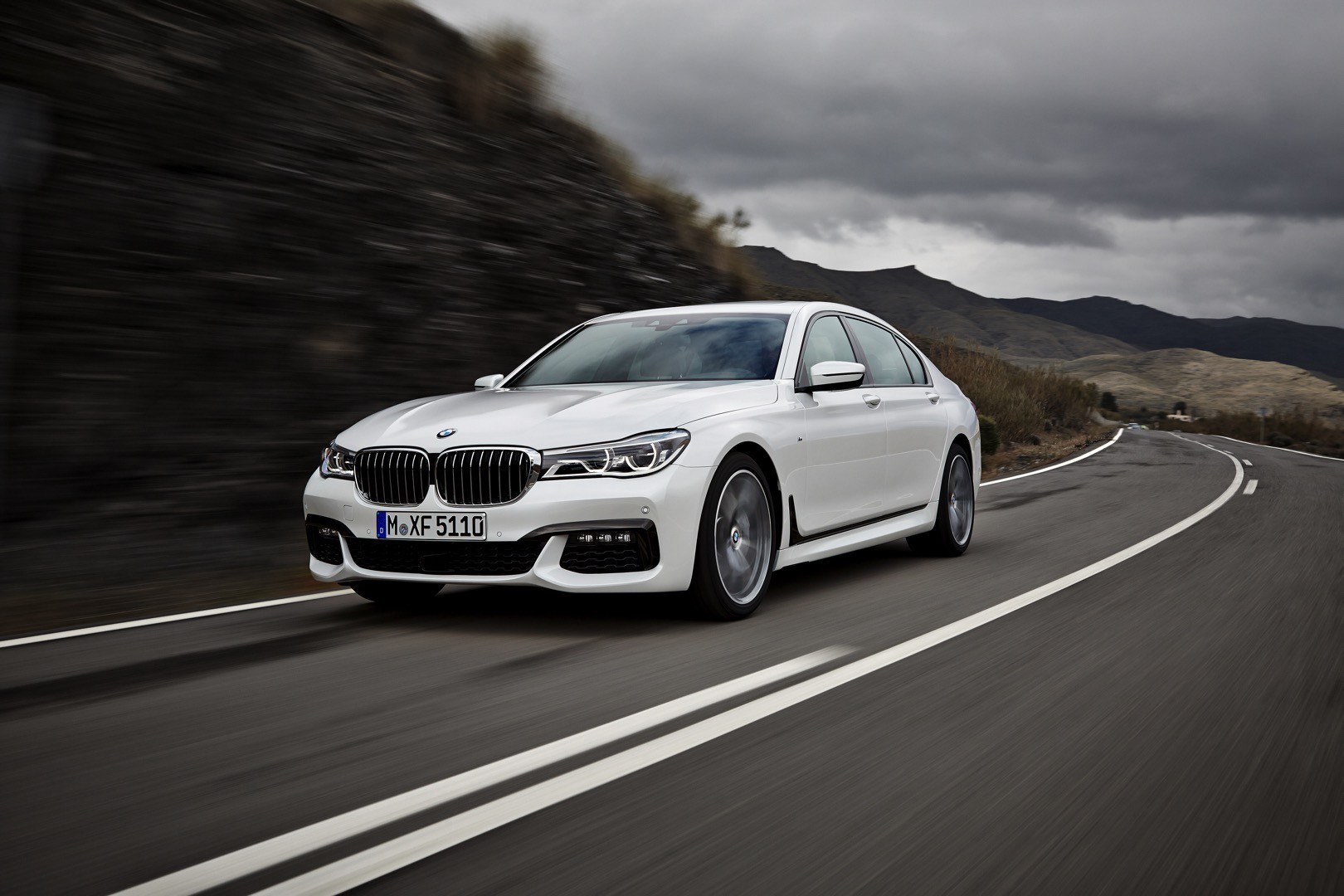 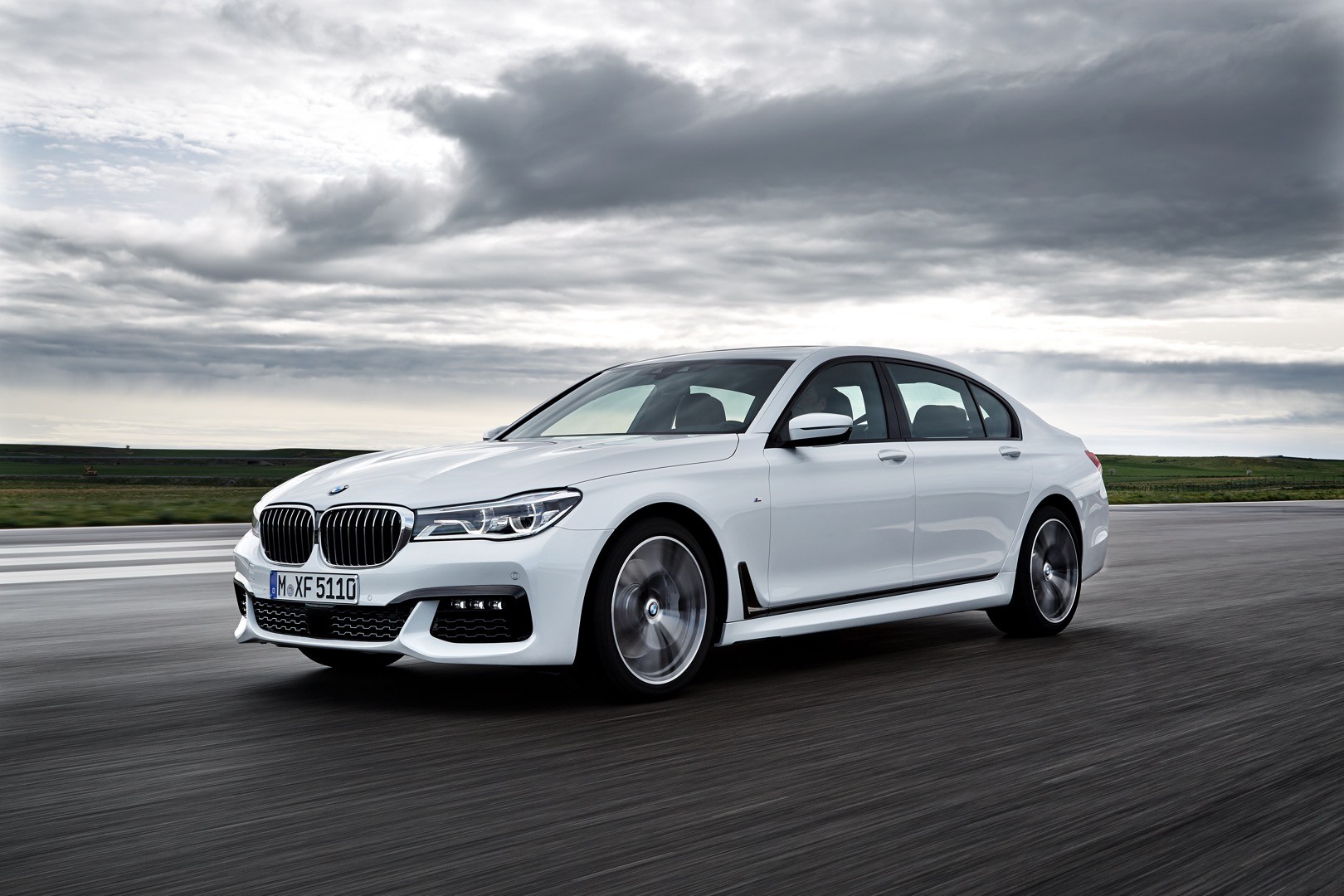 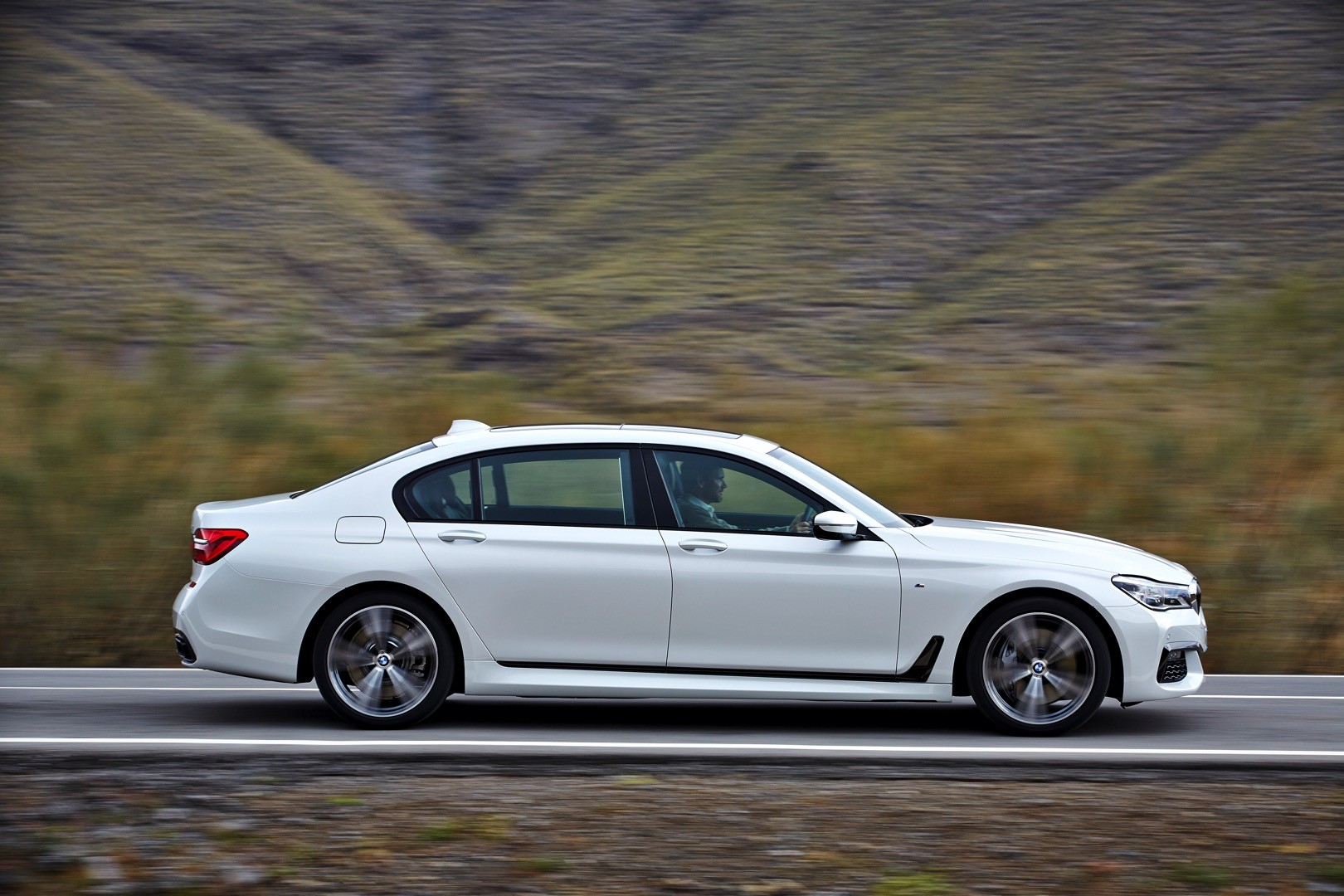  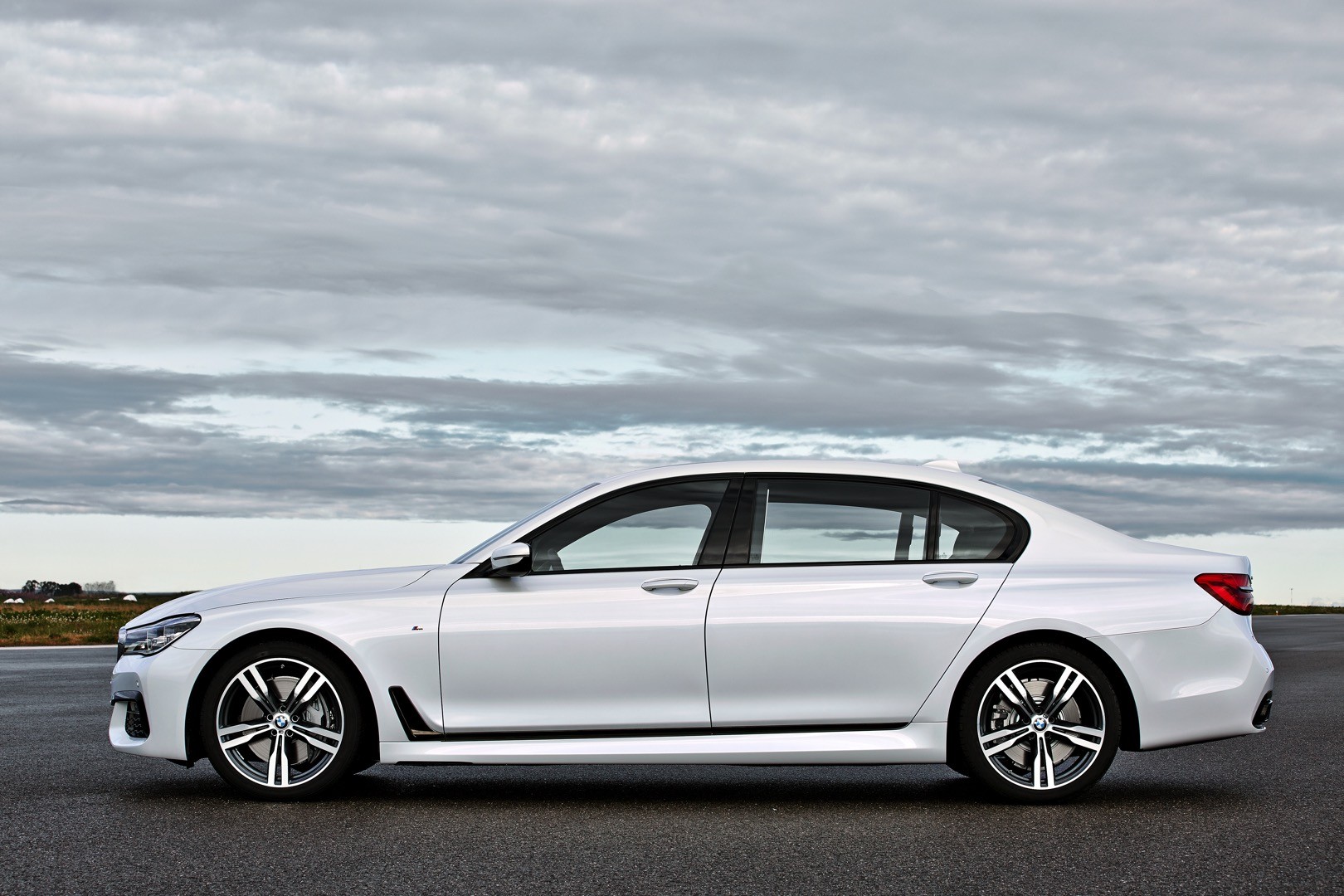 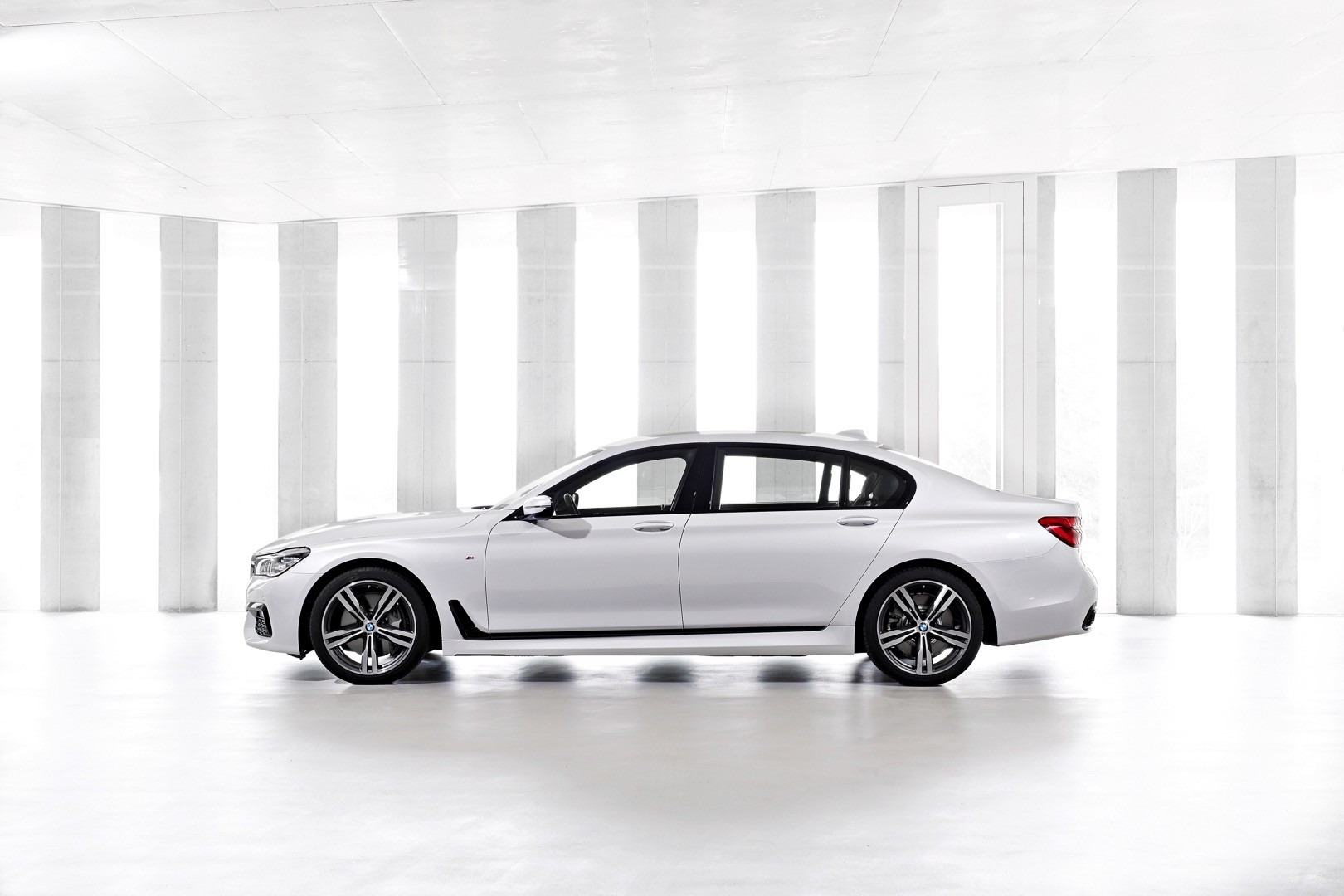 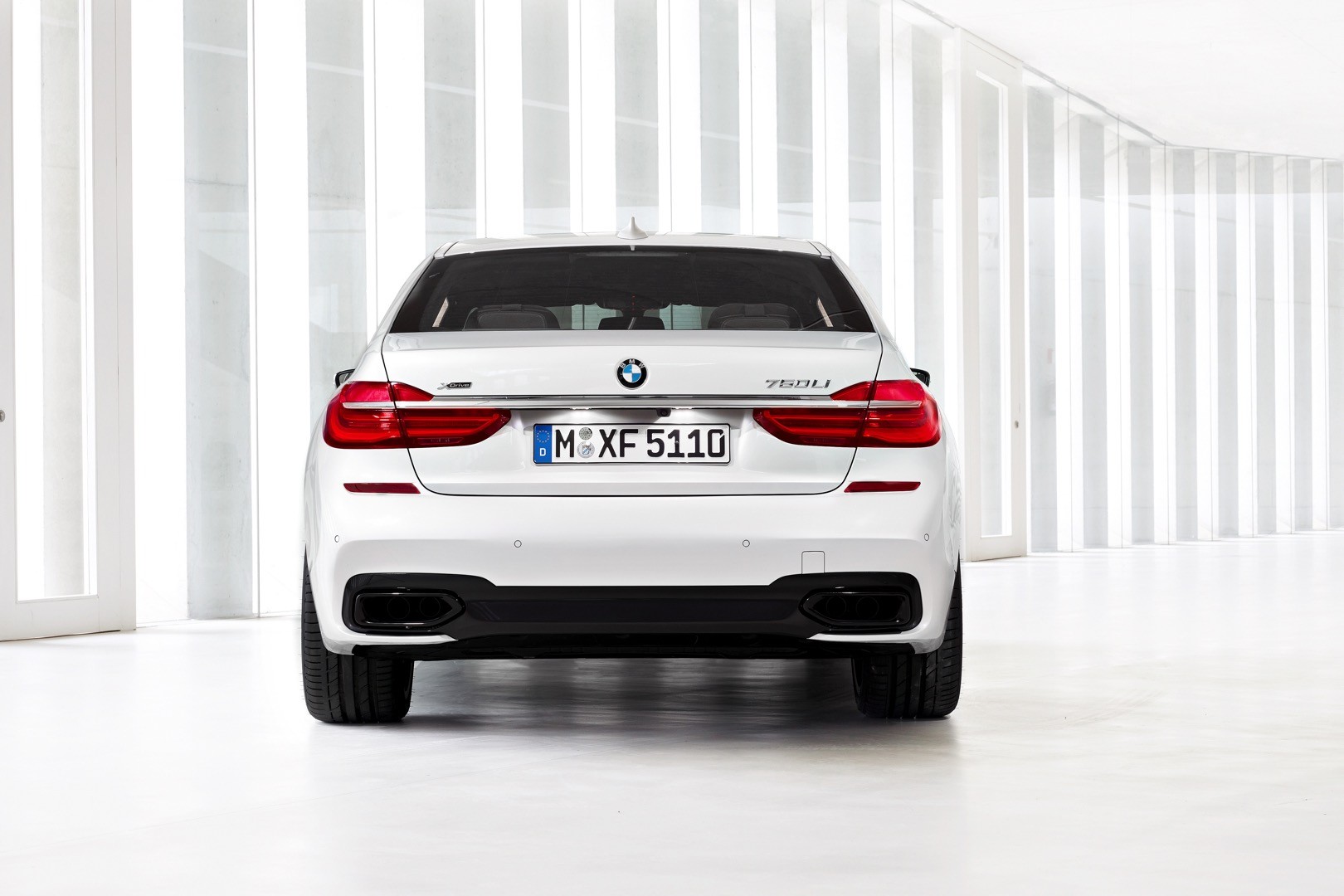 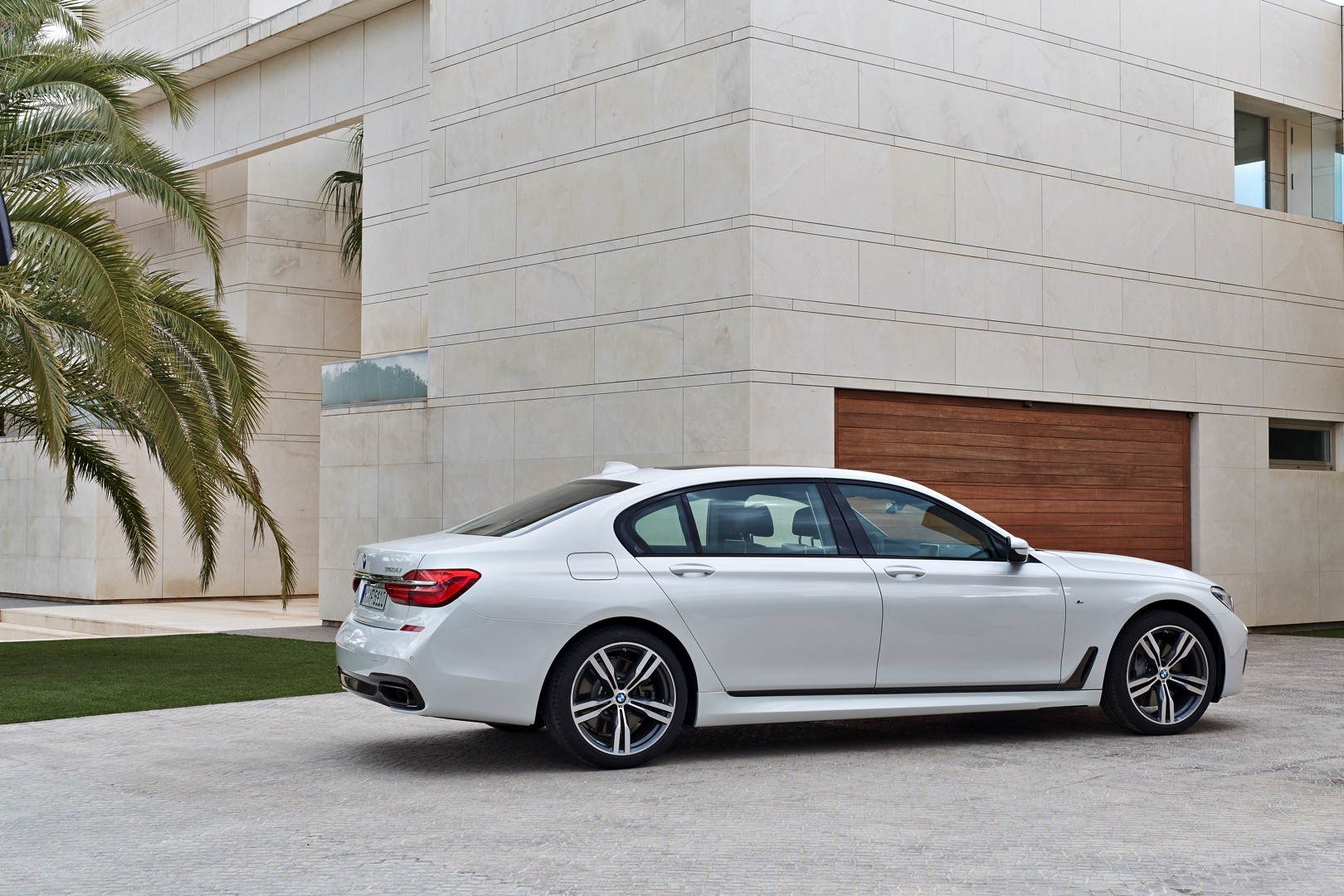 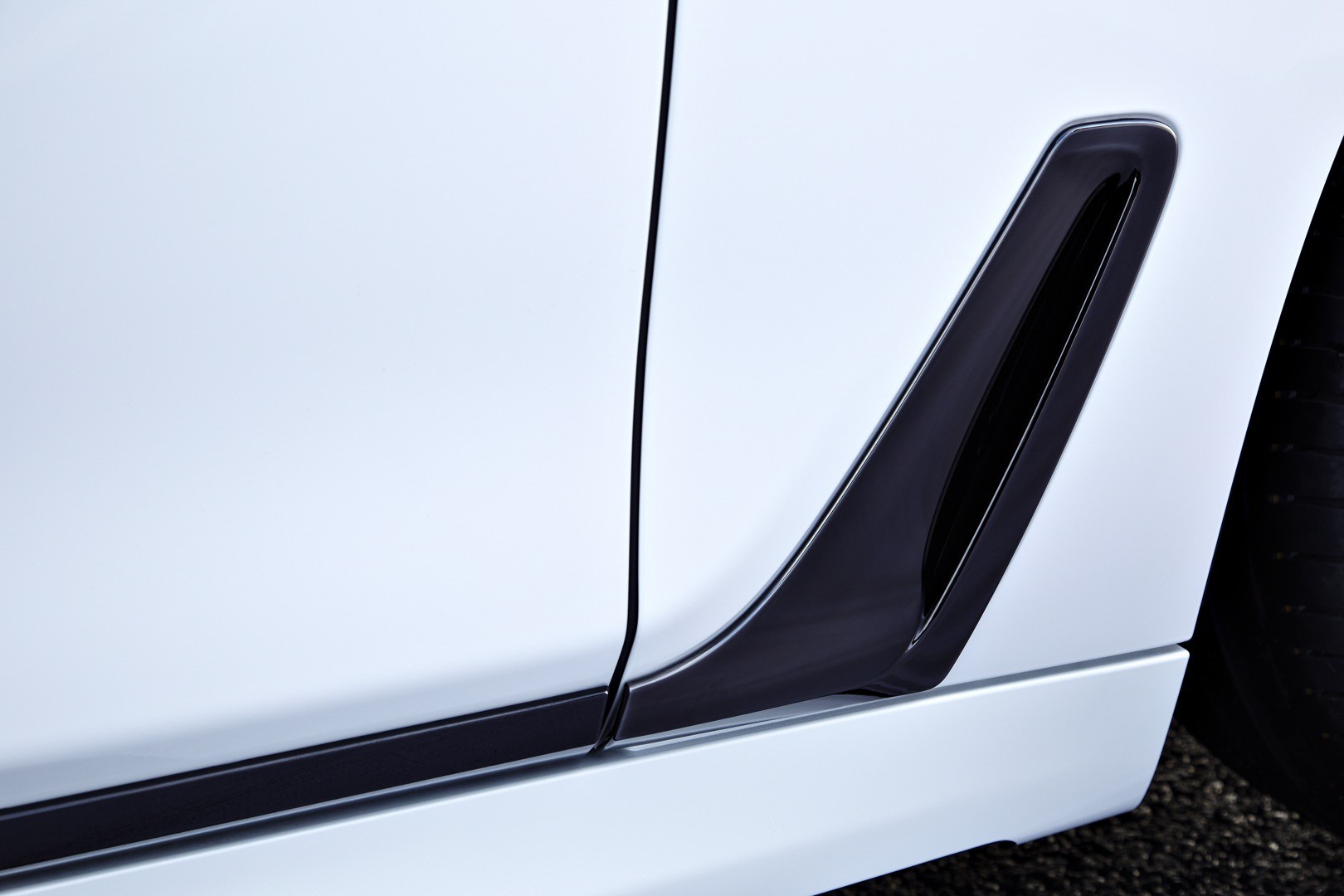 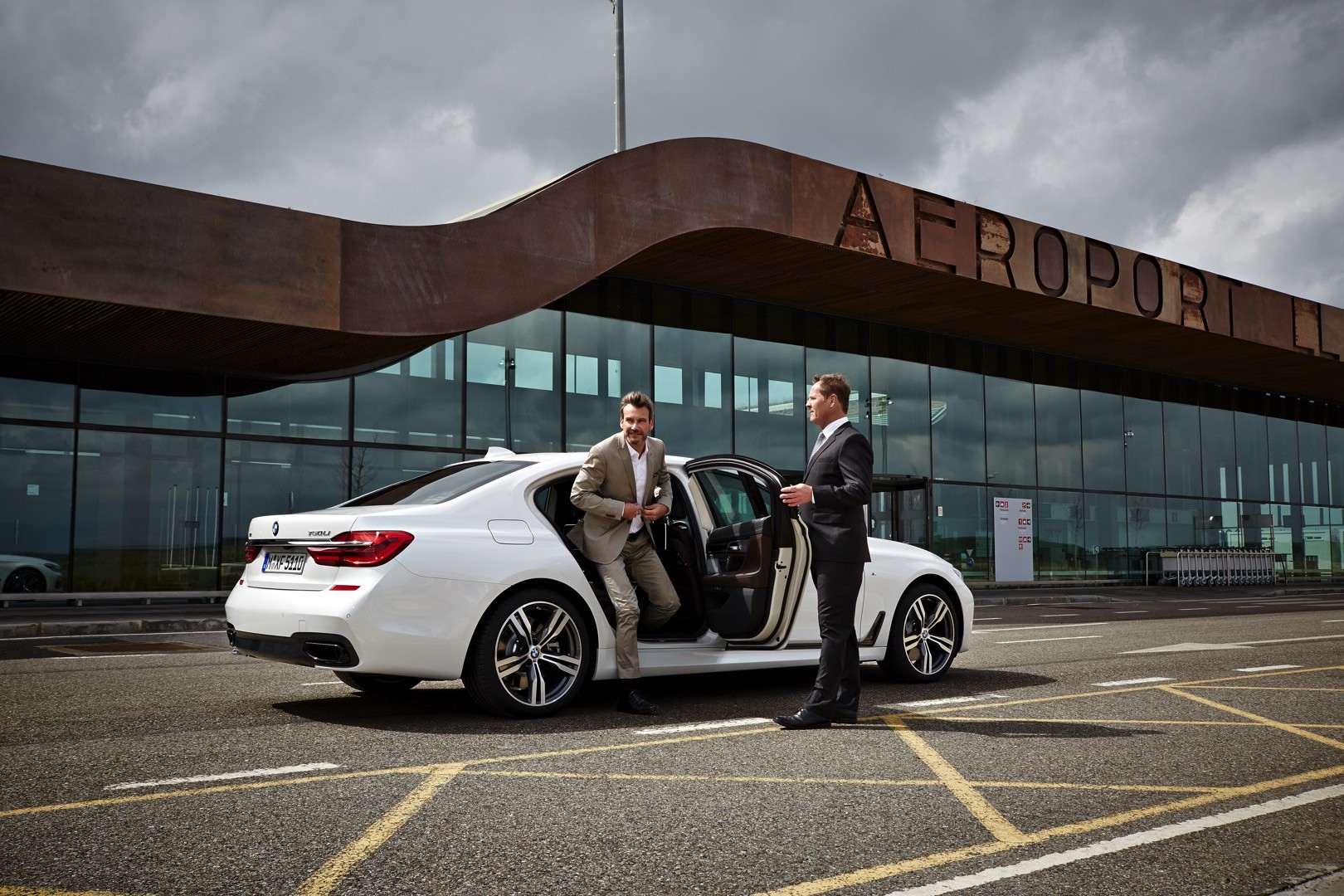 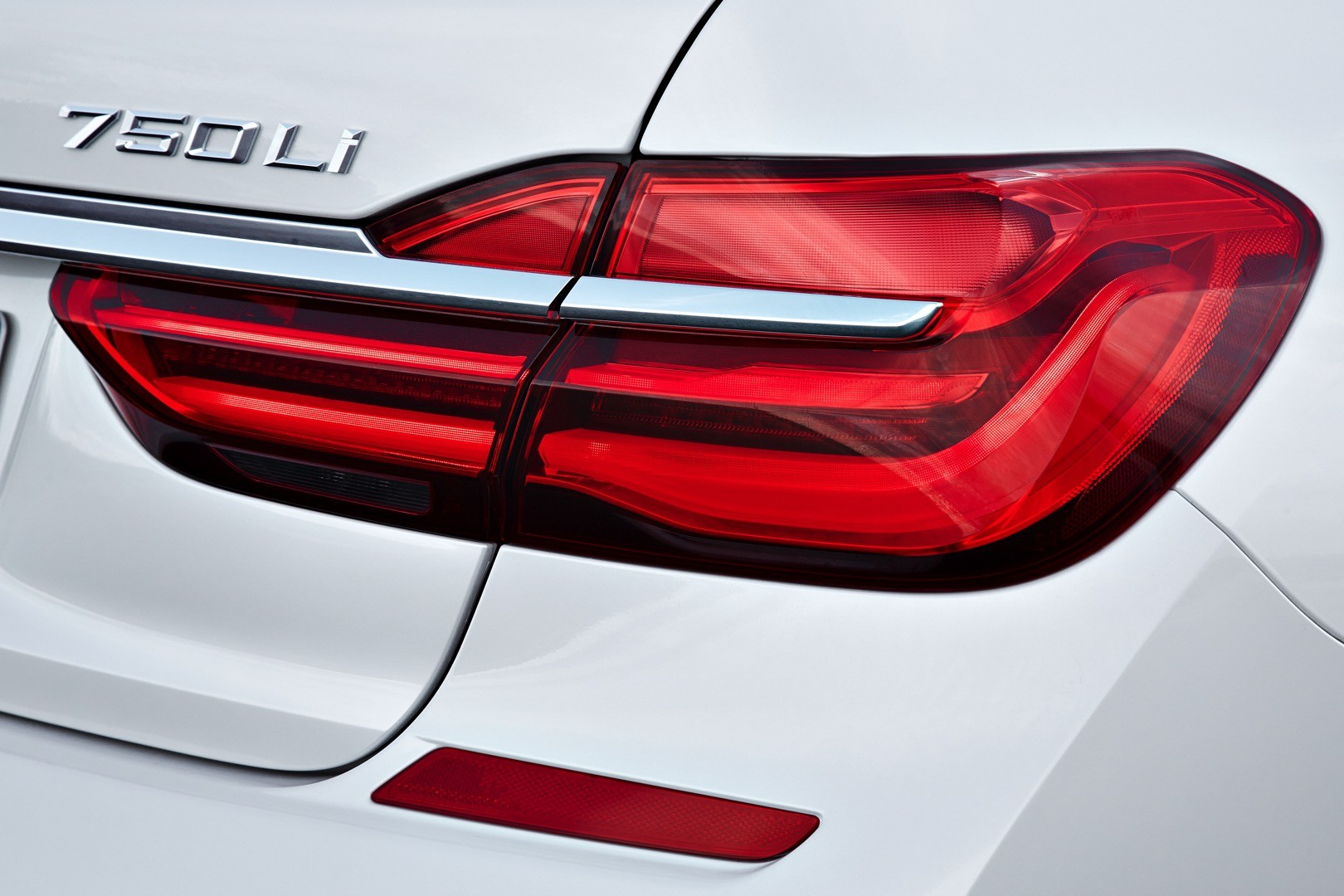 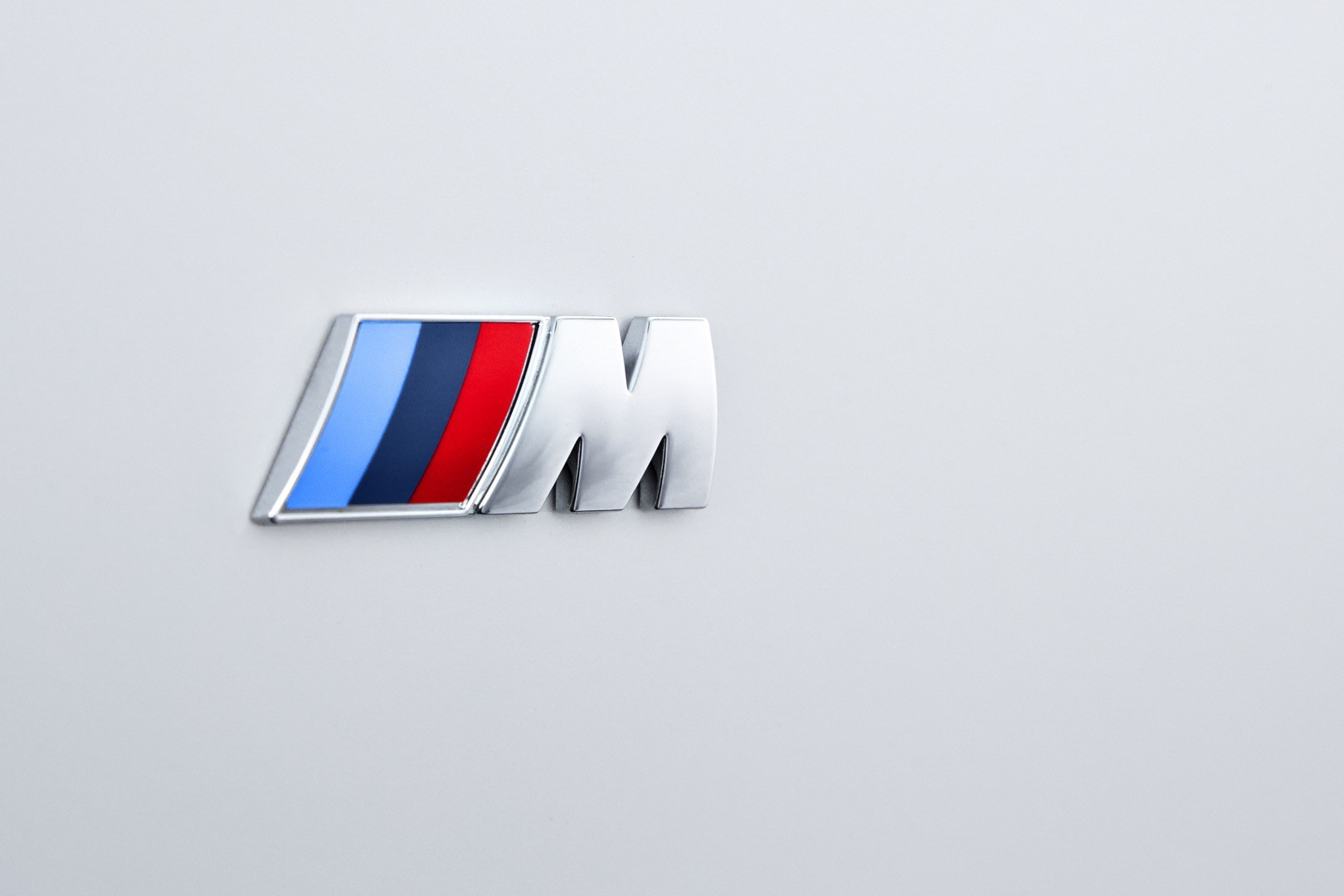
__________________
 |
|
|

|
|
|
#6 | |
    Drives: 2010 2SS, 2011 Buick Regal Turbo Join Date: Mar 2009
Location: Nashville, Tennessee
Posts: 1,392
|
__________________
 |
|
|
|

|
|
|
#7 | |
    Drives: 2010 2SS, 2011 Buick Regal Turbo Join Date: Mar 2009
Location: Nashville, Tennessee
Posts: 1,392
|
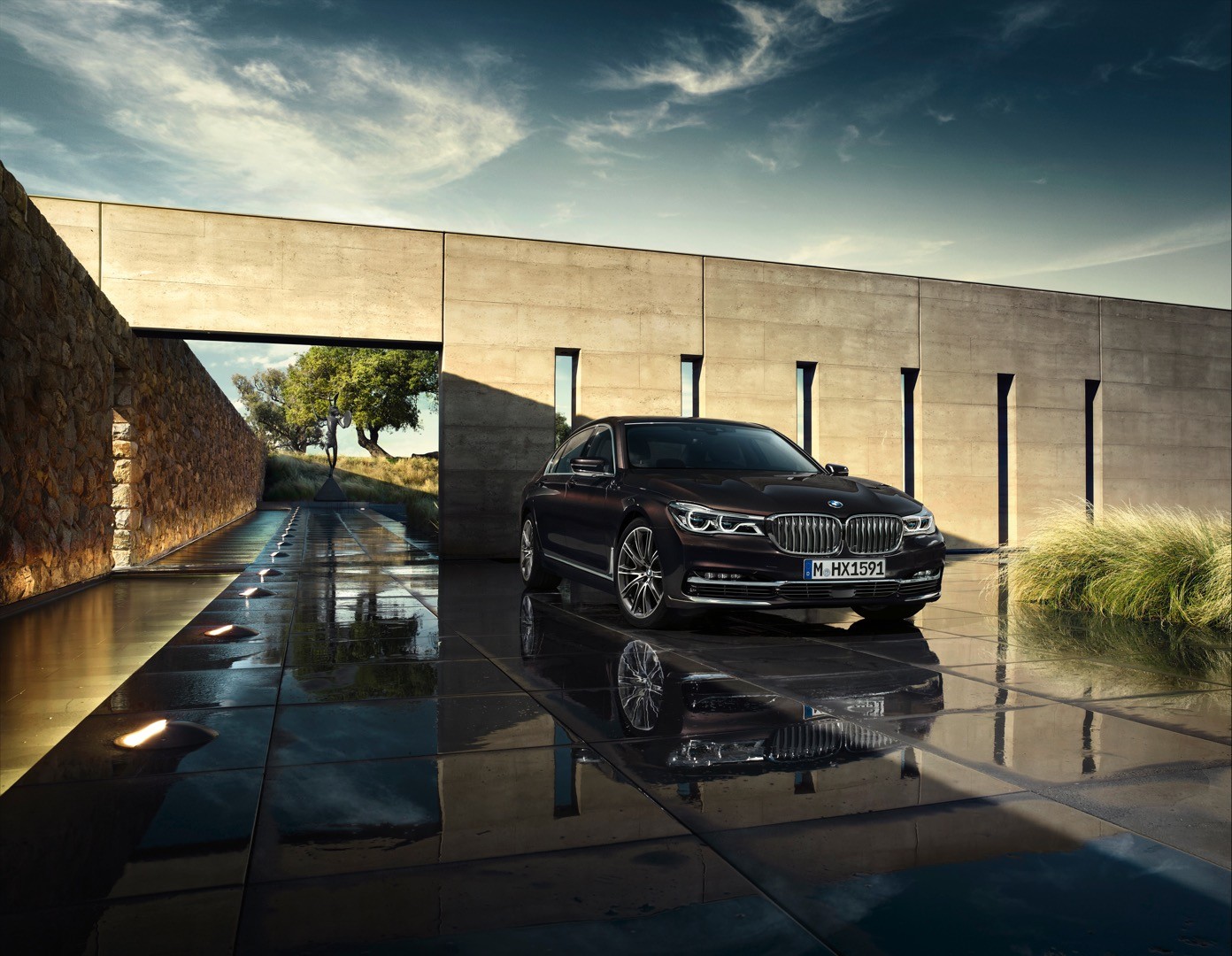 23 Things You Should Know About the 2016 BMW 7 Series Quote:
__________________
 |
|
|
|

|
|
|
#8 |
    Drives: 2010 2SS, 2011 Buick Regal Turbo Join Date: Mar 2009
Location: Nashville, Tennessee
Posts: 1,392
|
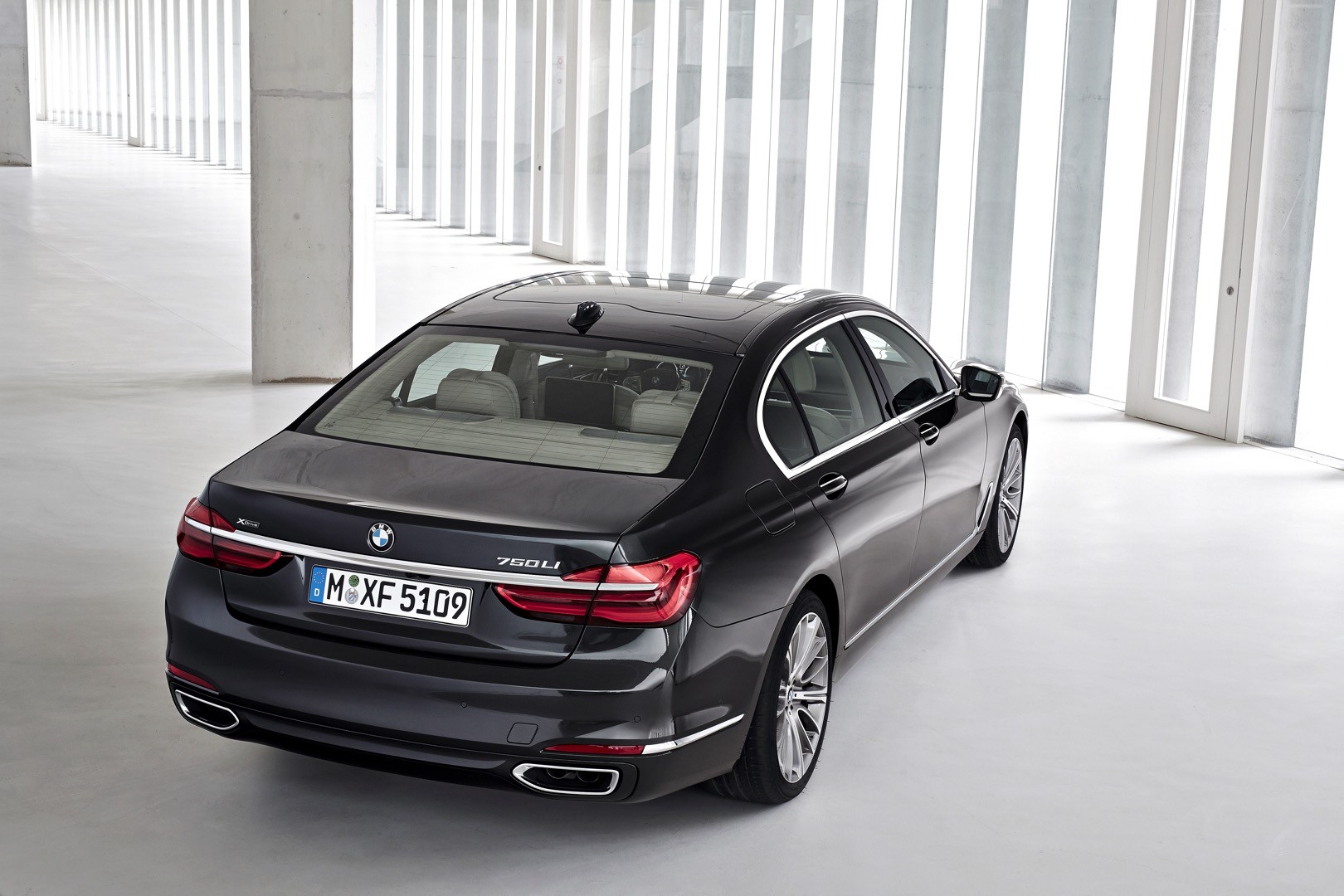 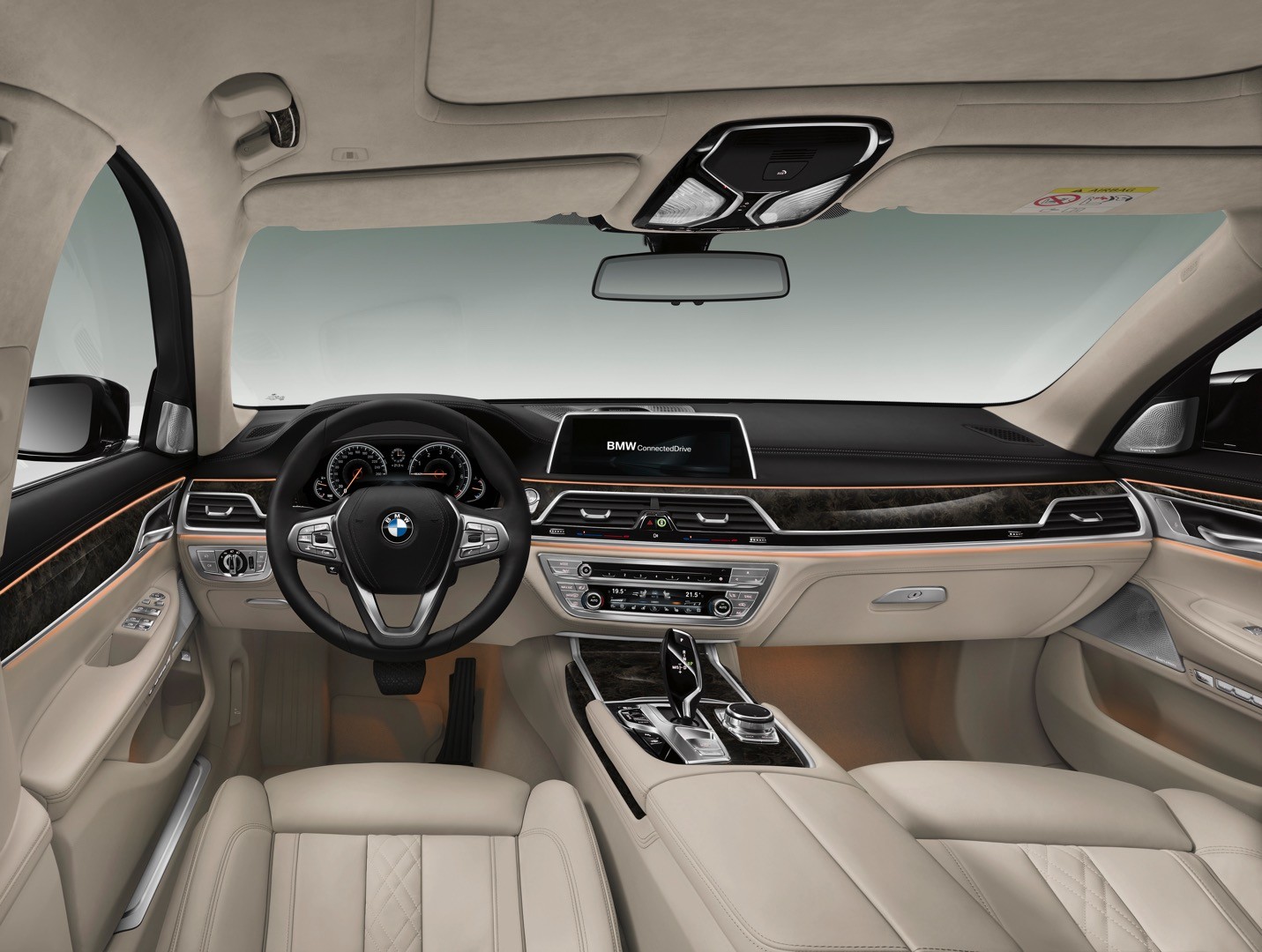  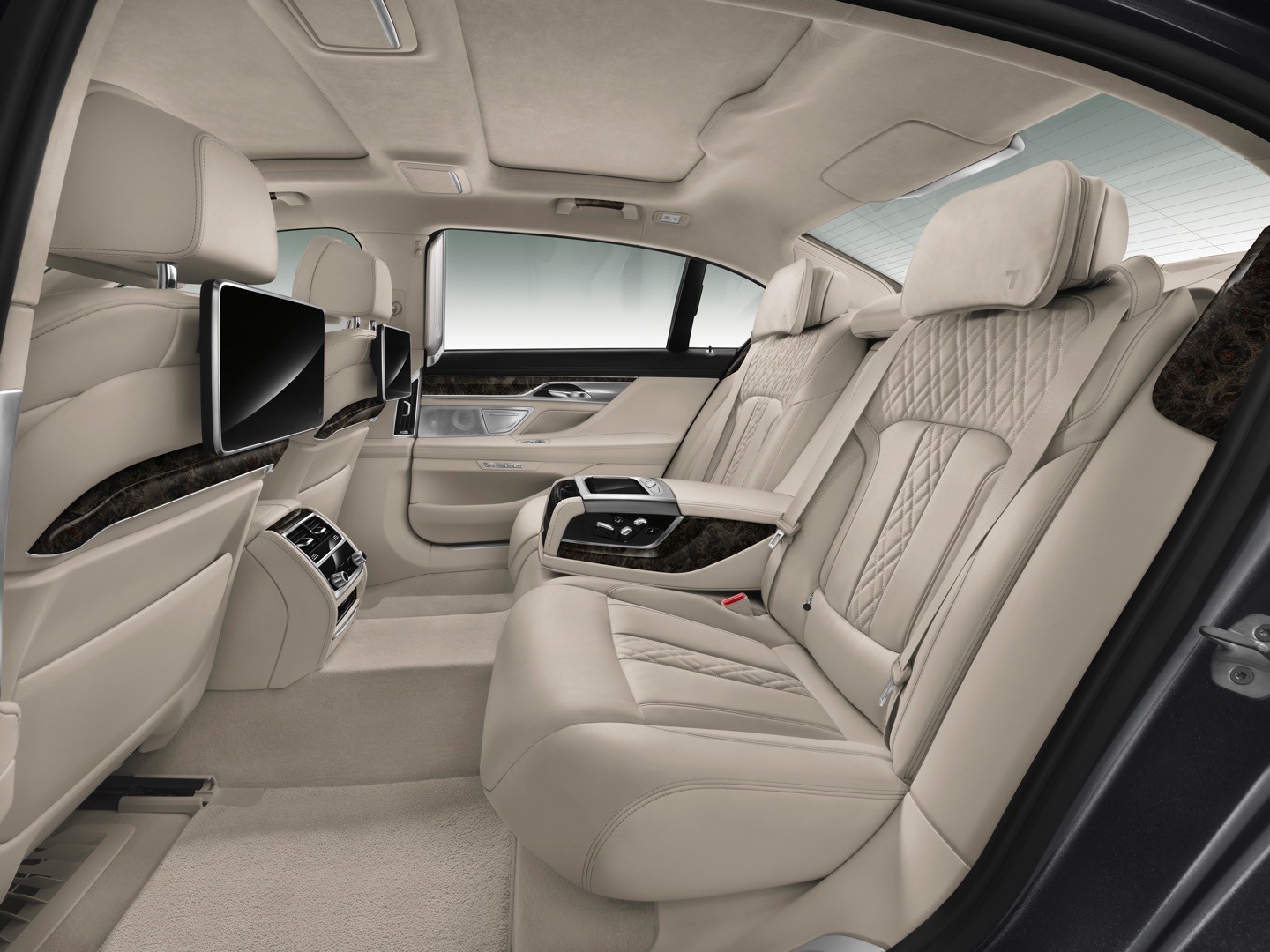 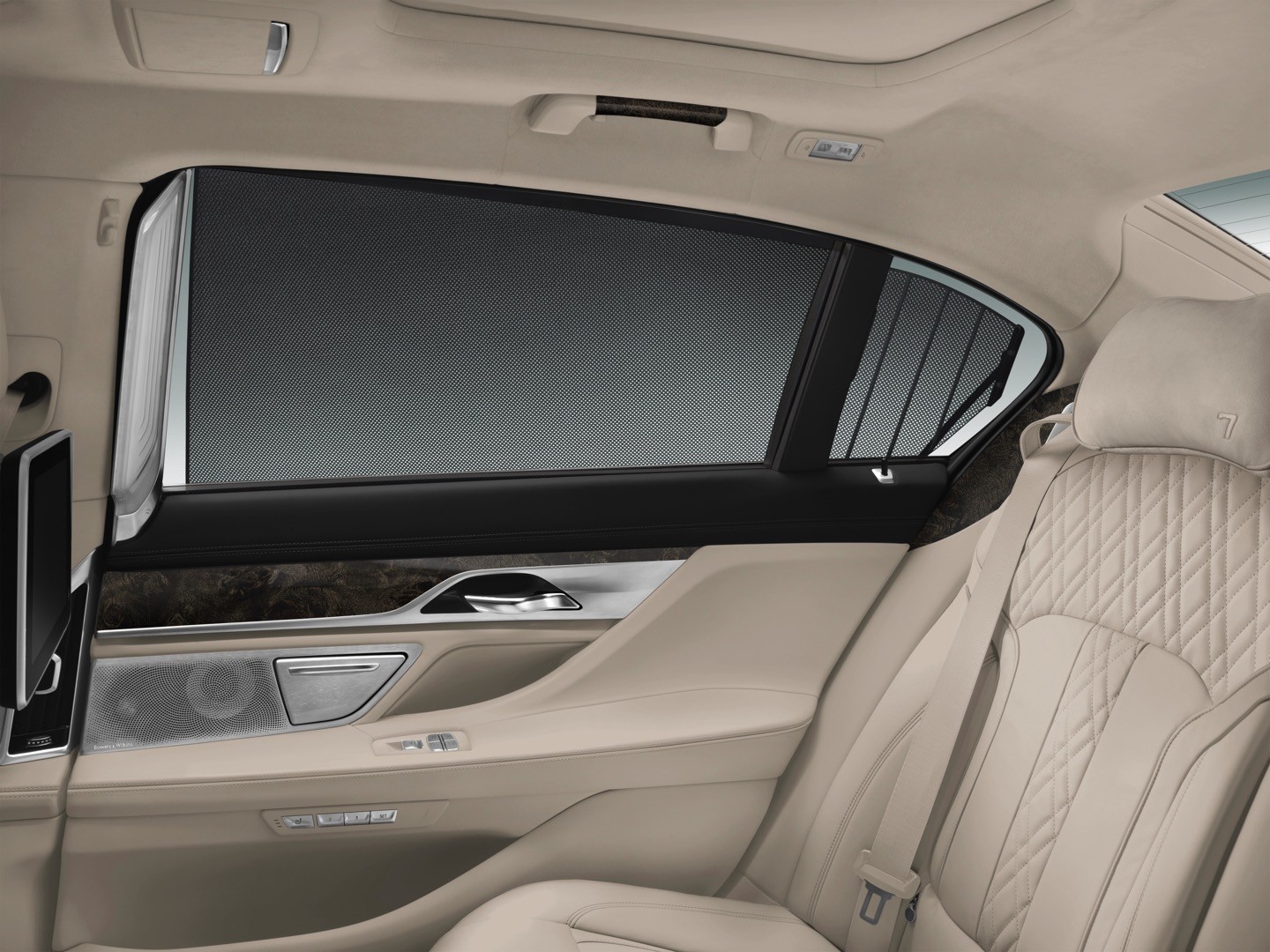 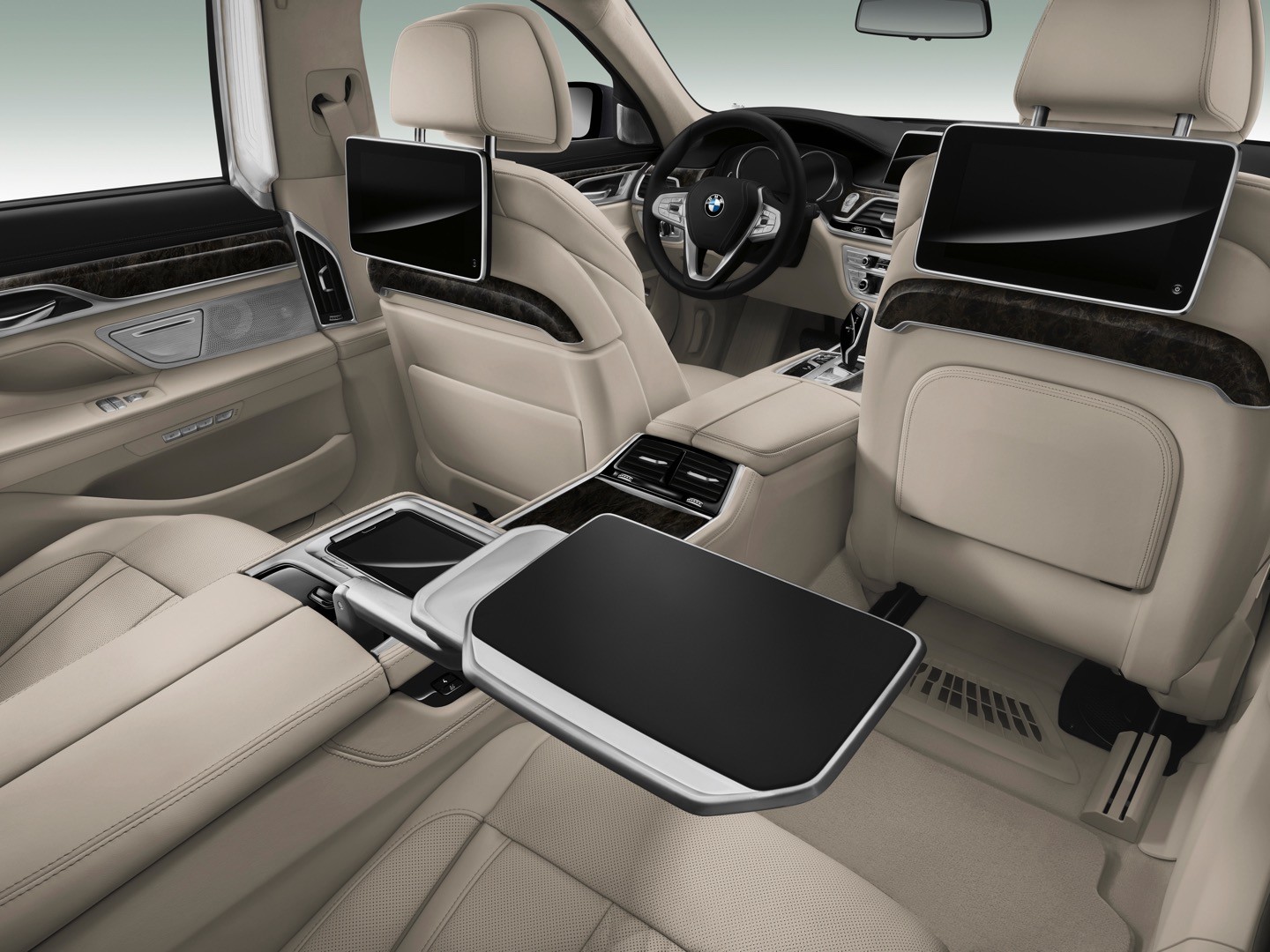 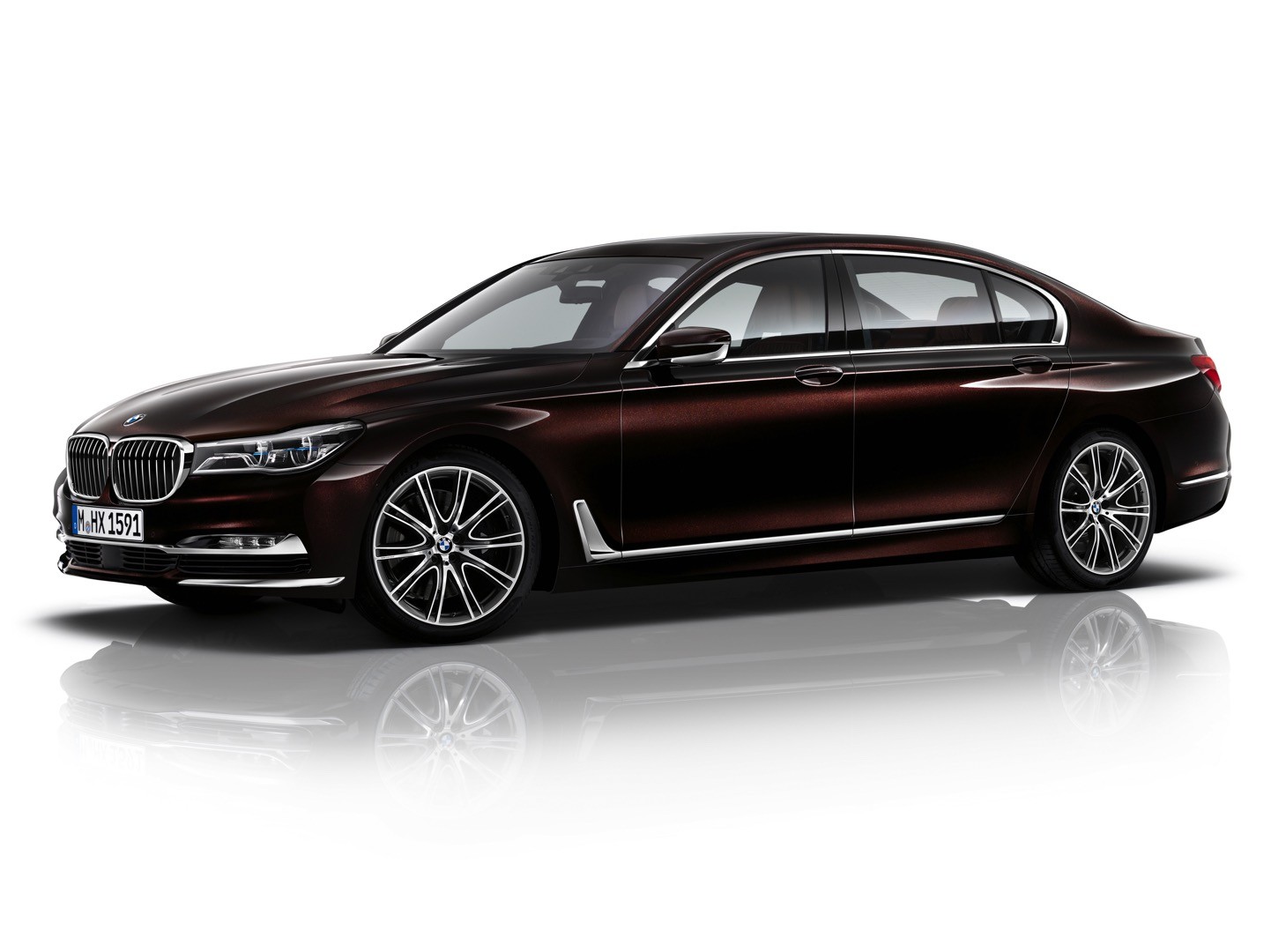  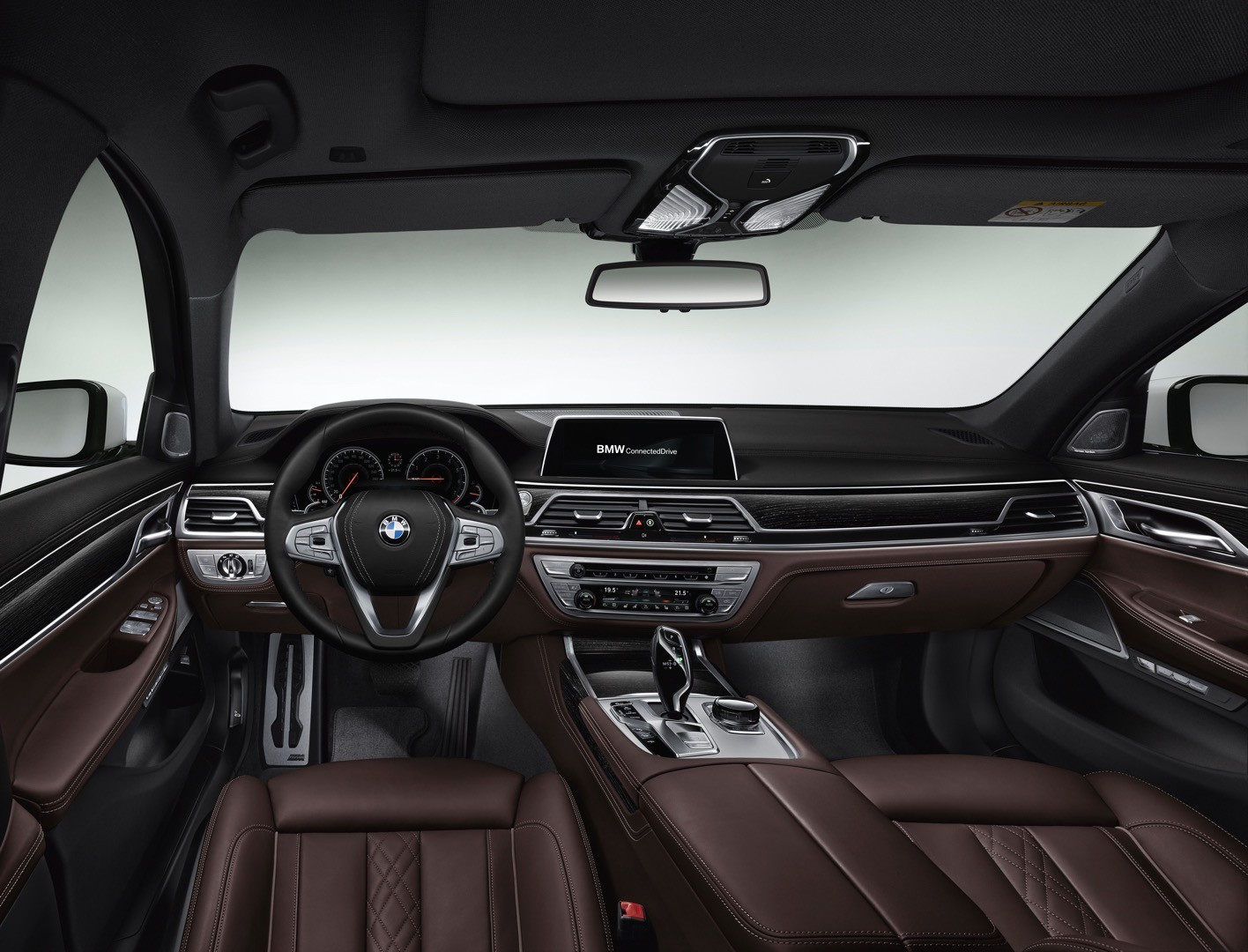 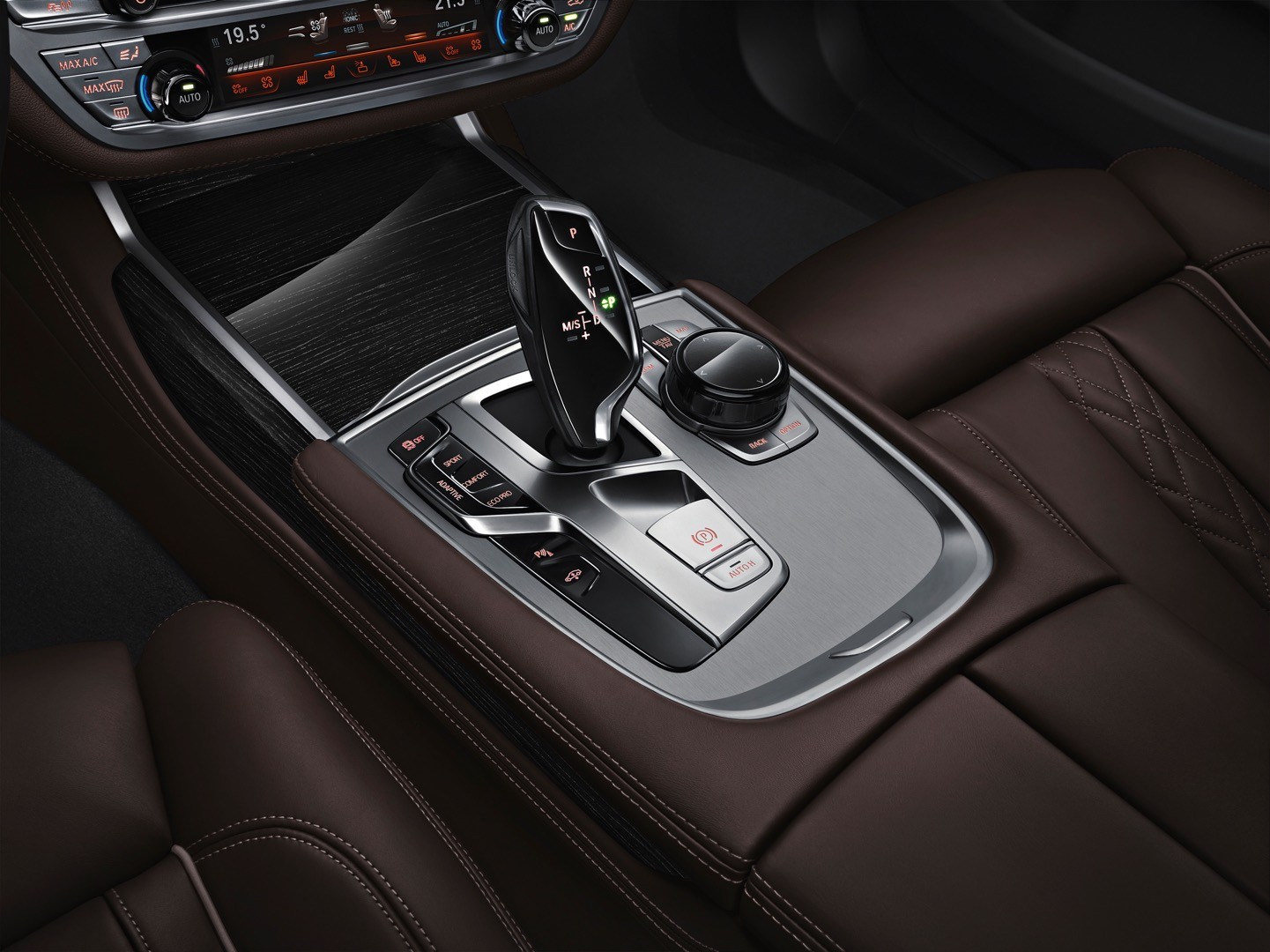 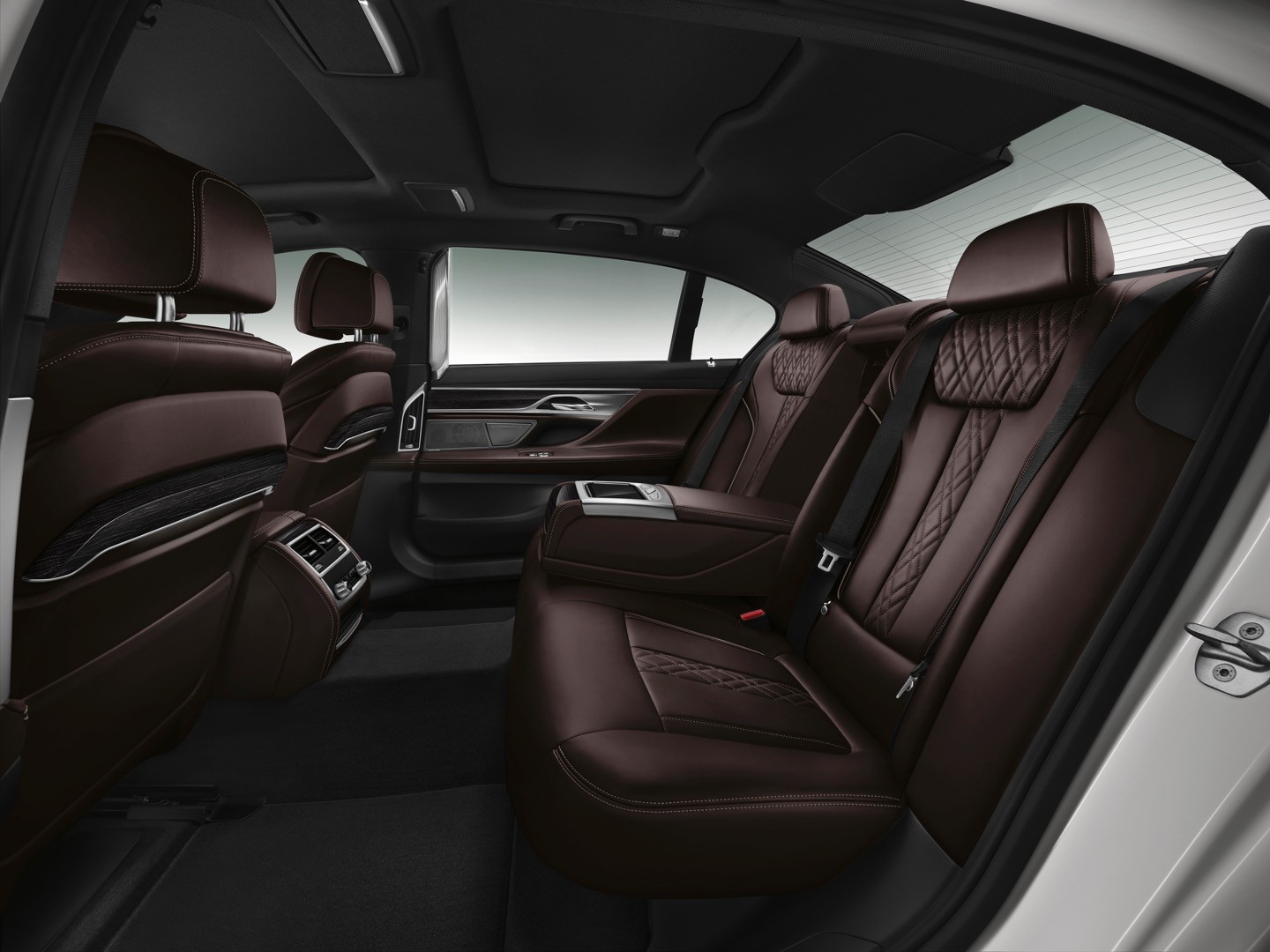
__________________
 |
|
|

|
|
|
#9 |
    Drives: 2010 2SS, 2011 Buick Regal Turbo Join Date: Mar 2009
Location: Nashville, Tennessee
Posts: 1,392
|
Assembly
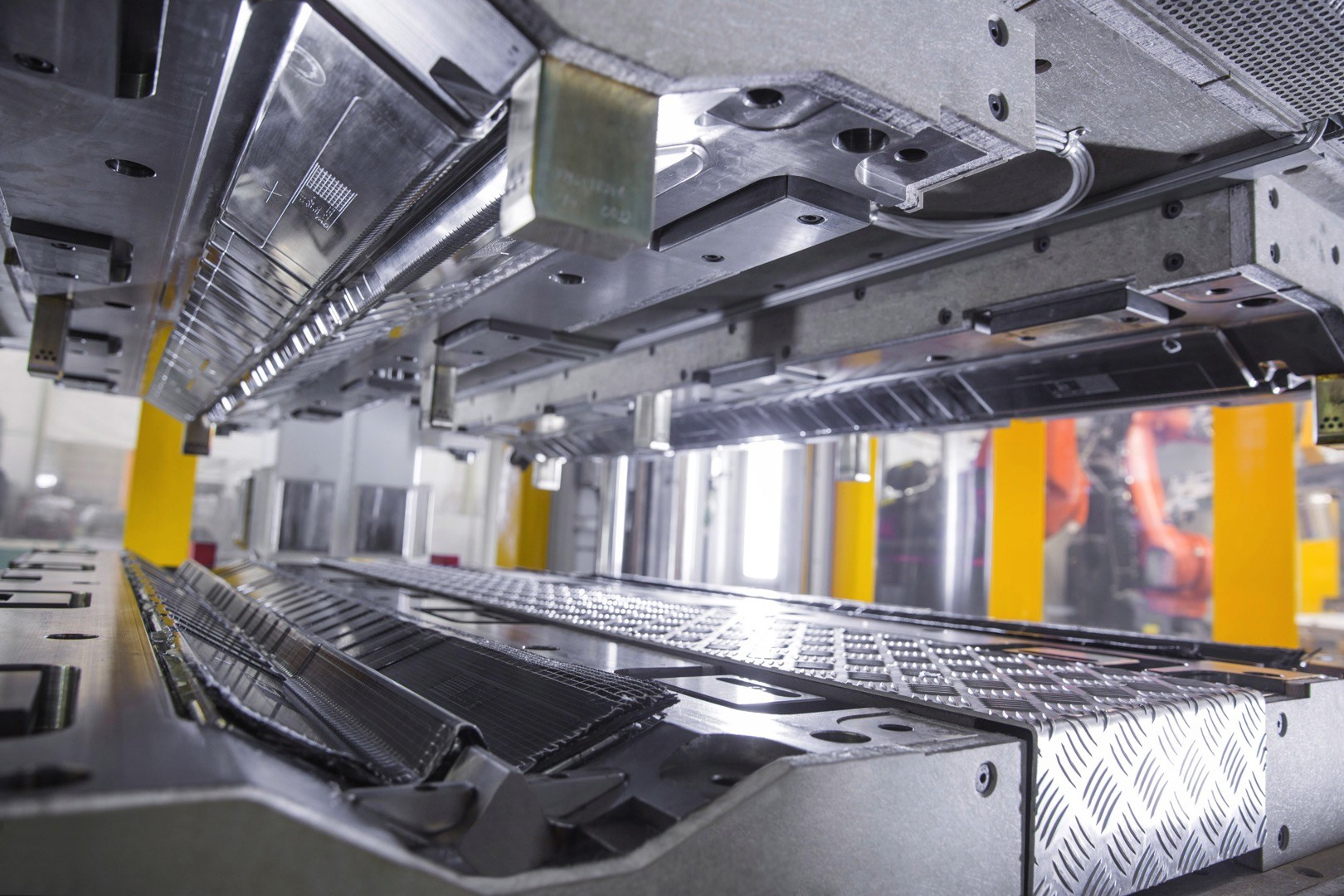  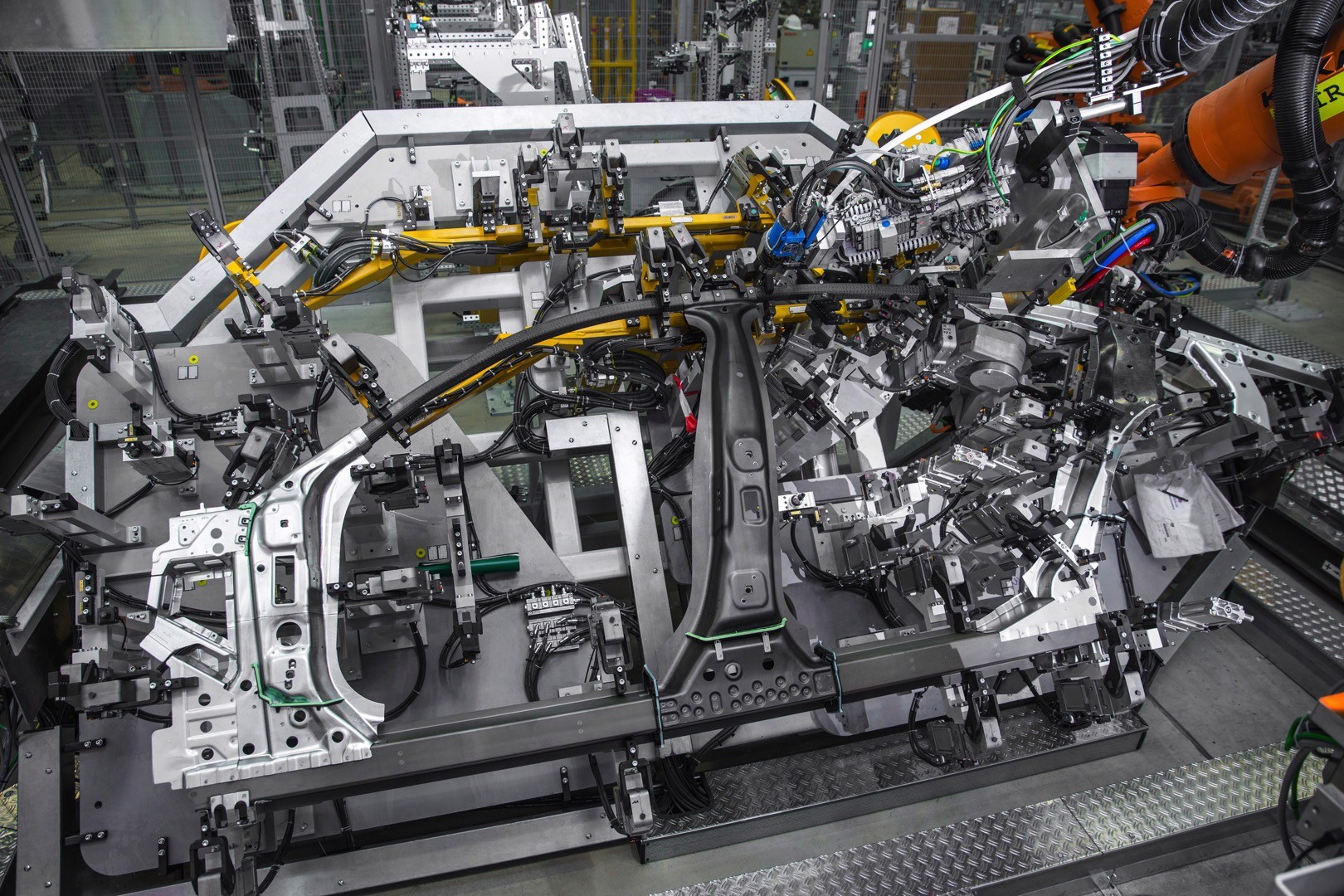 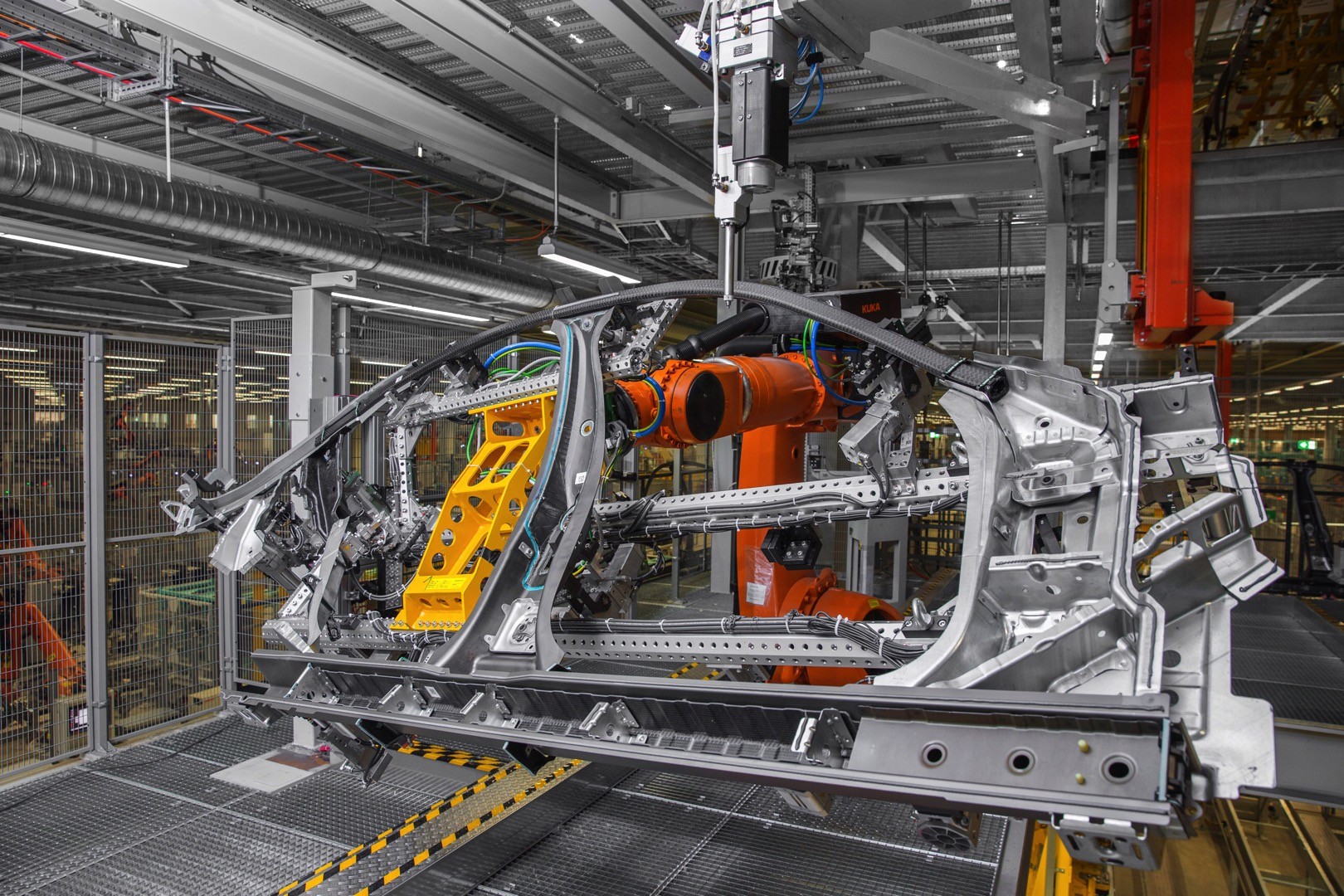 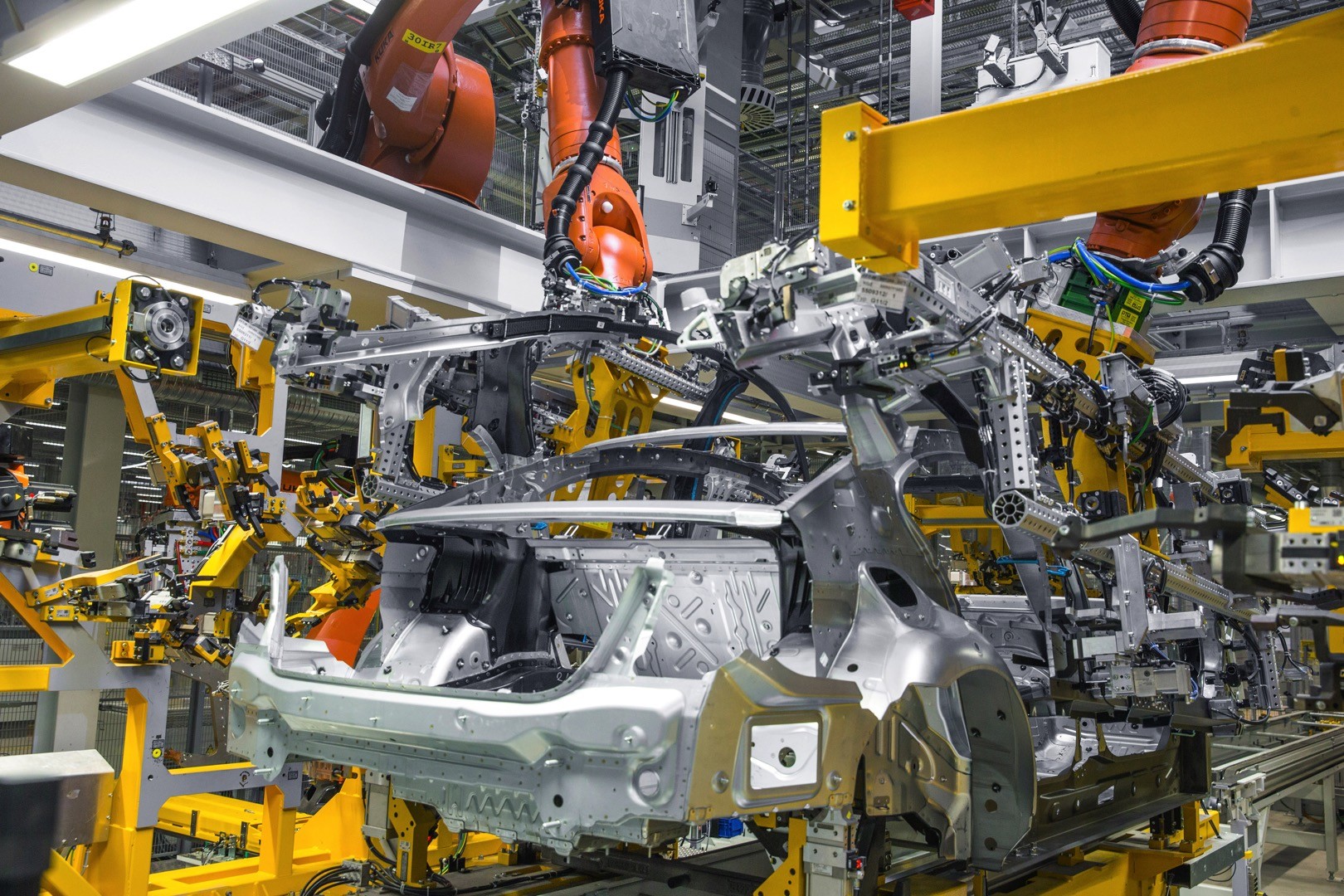 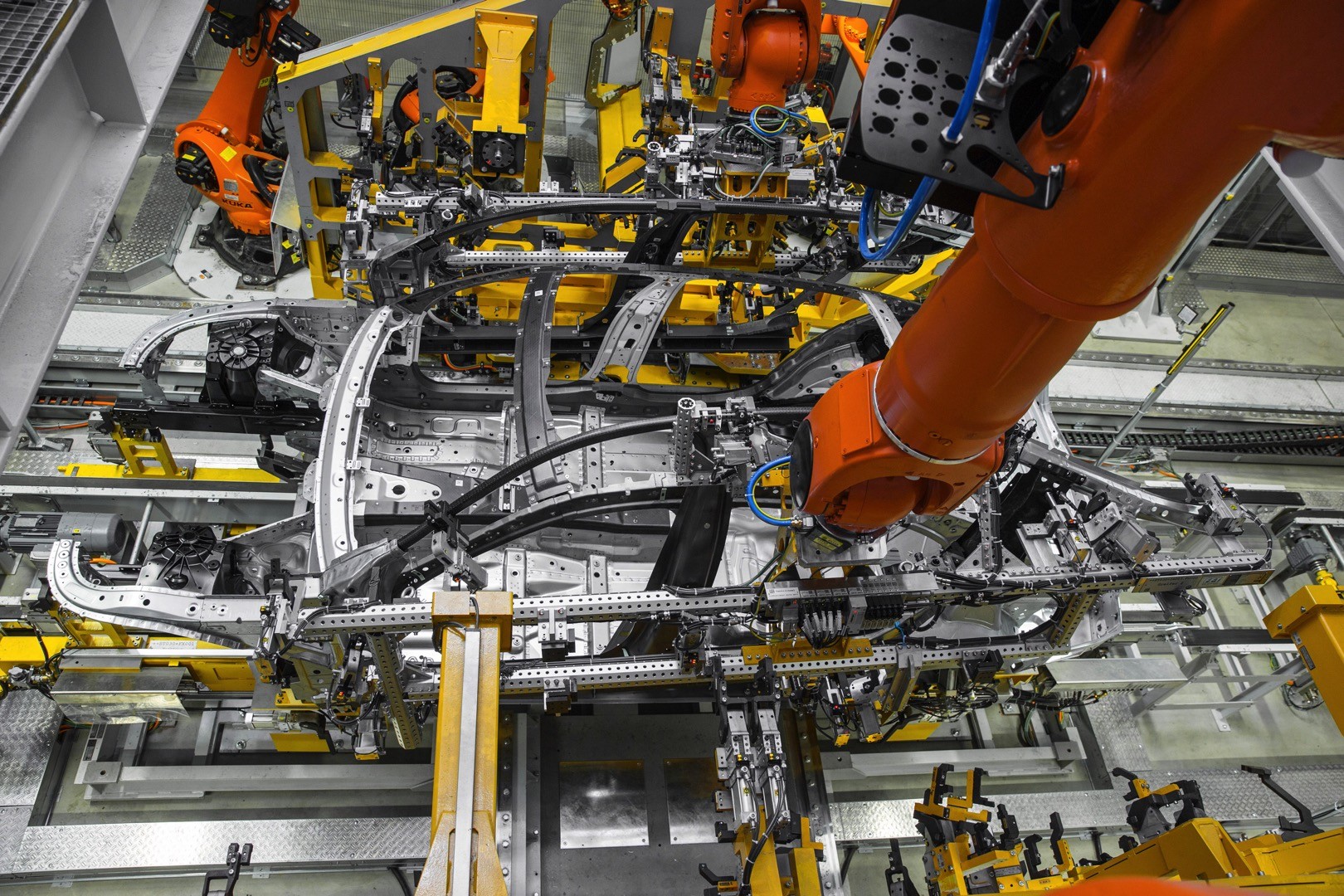 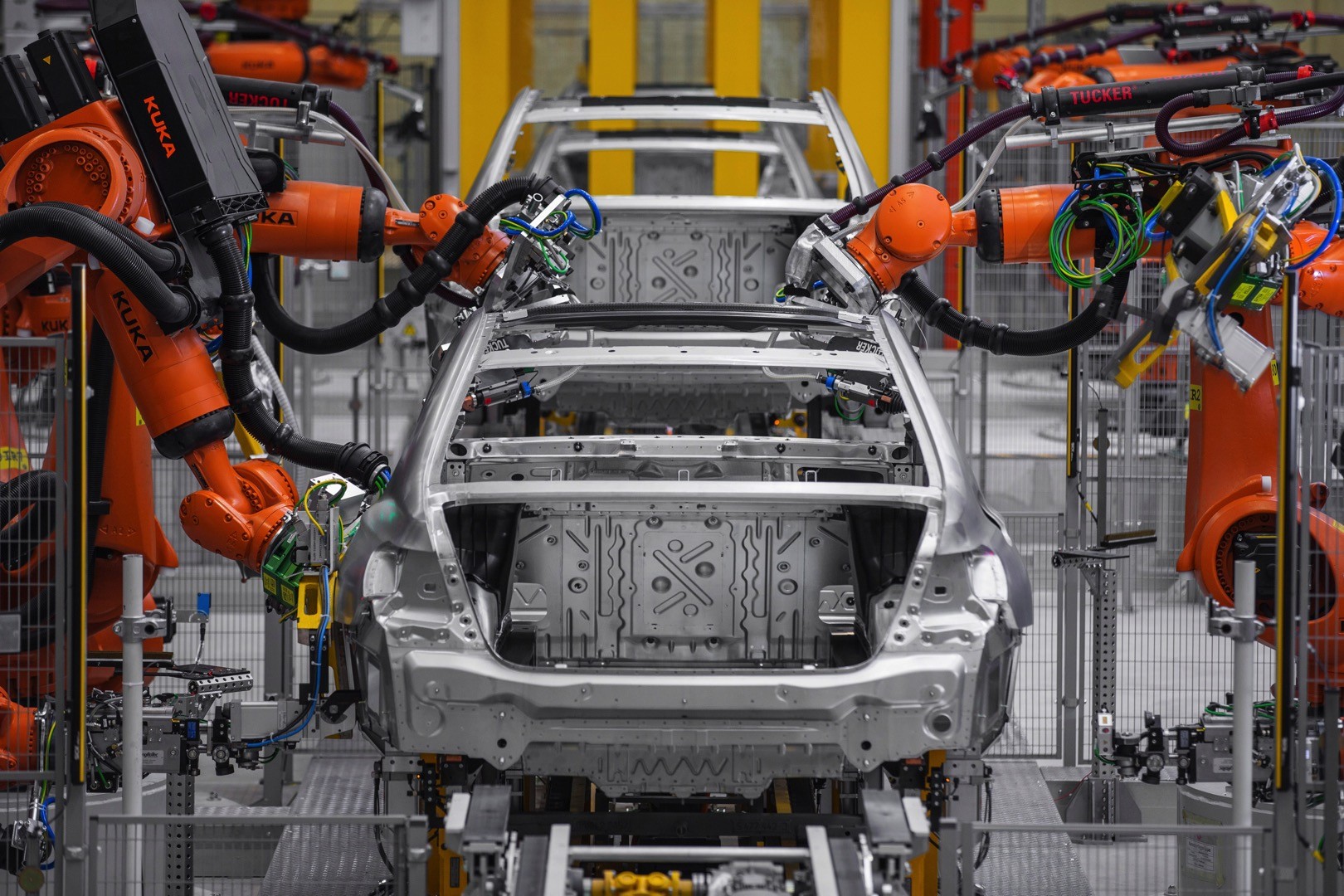 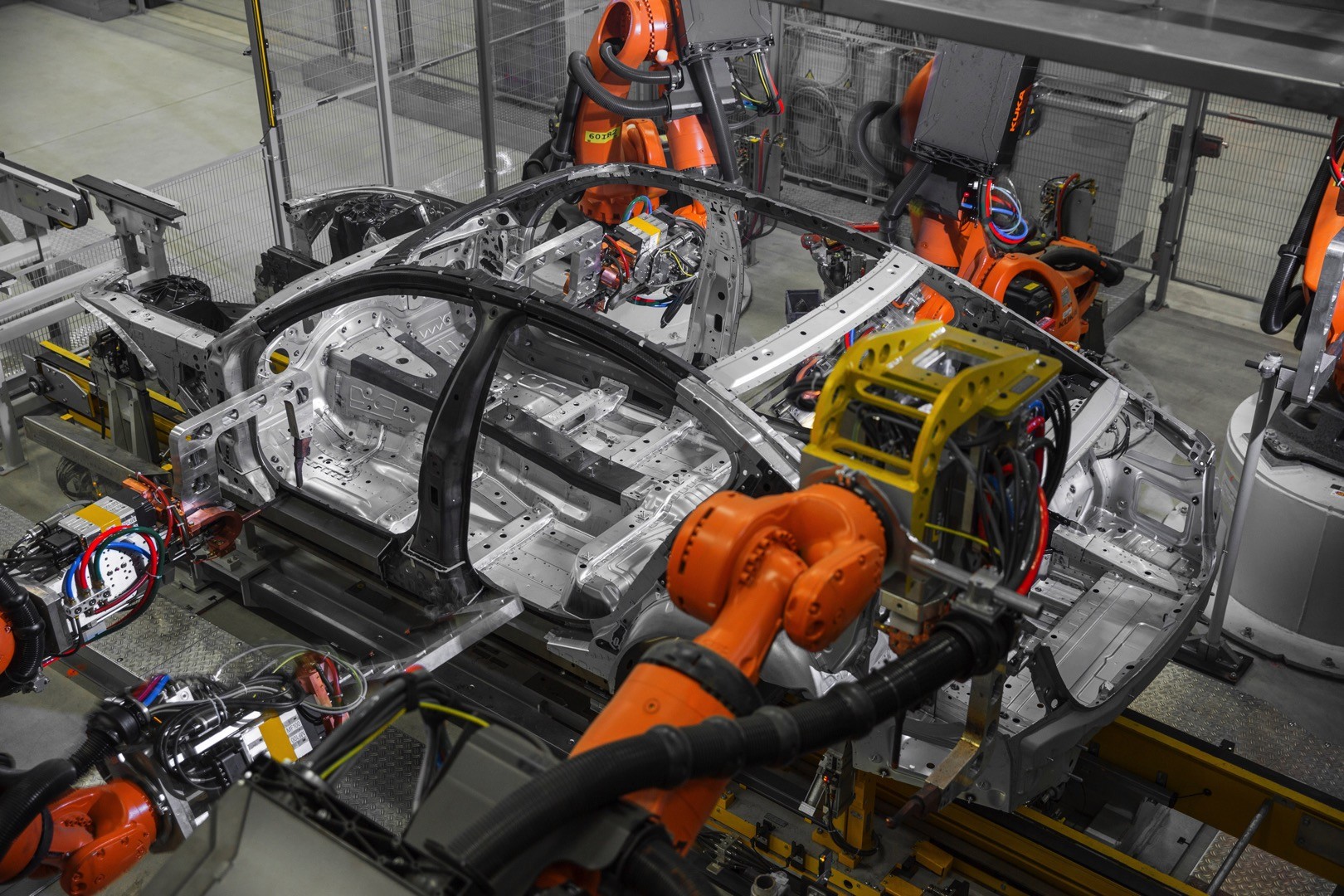 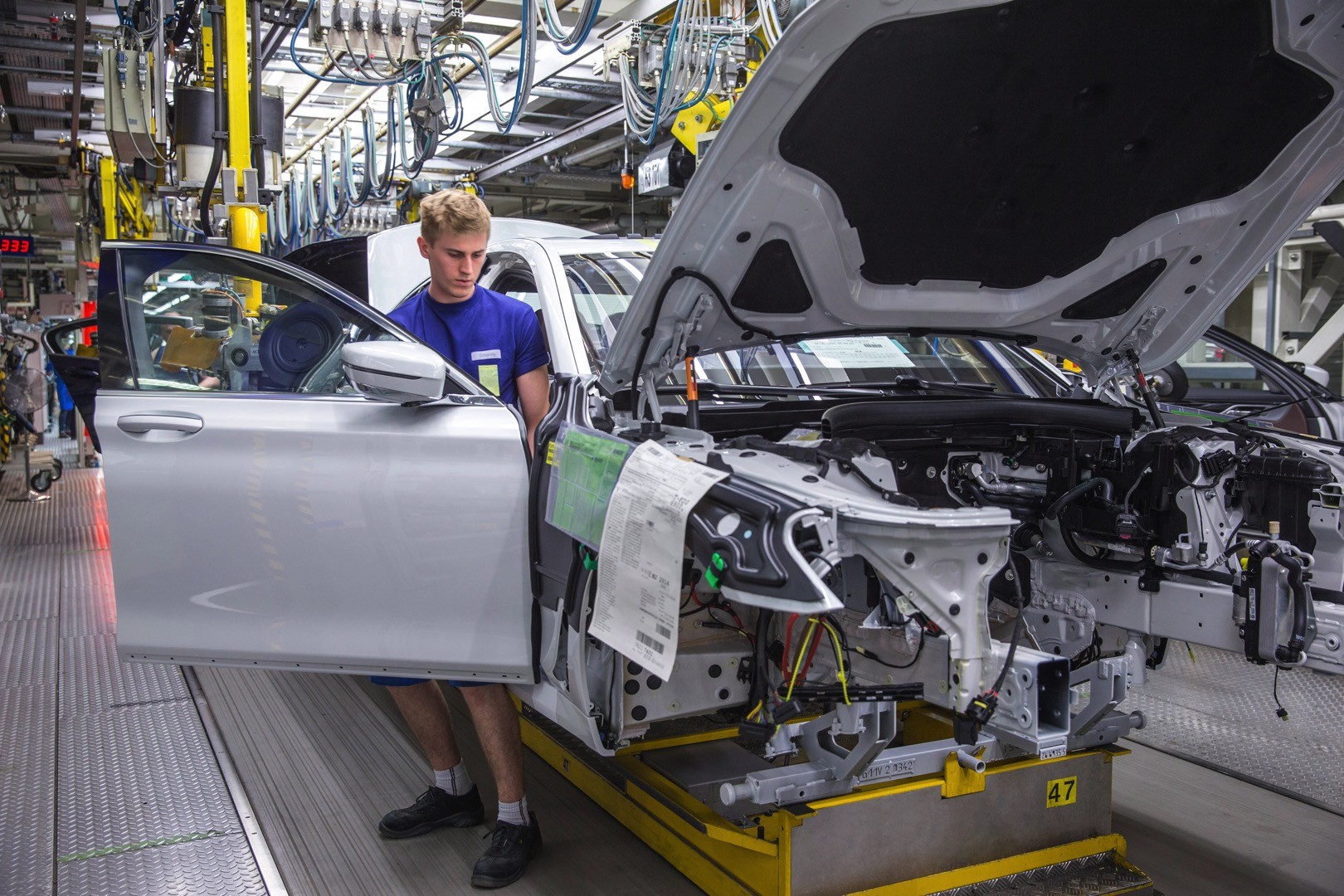 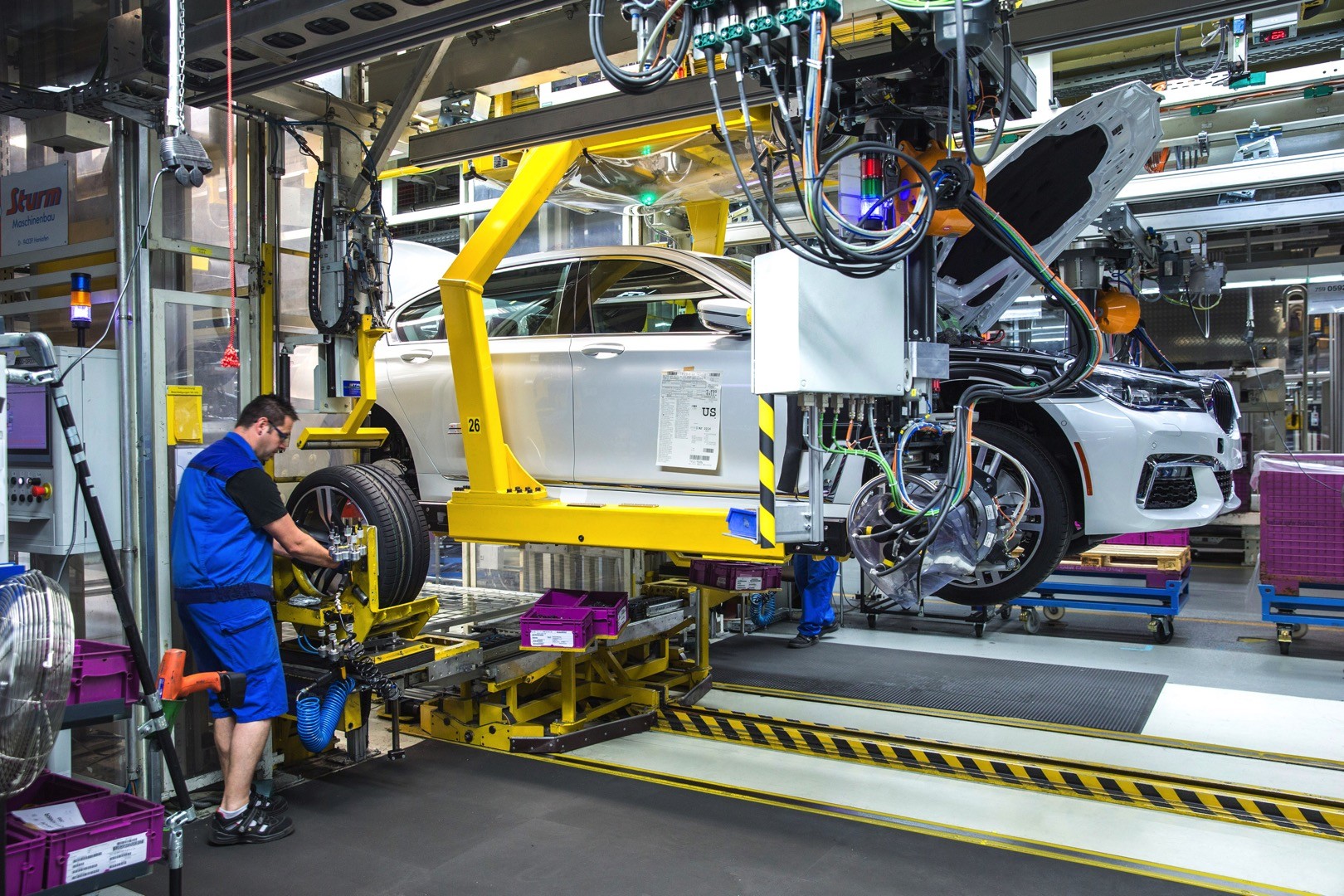 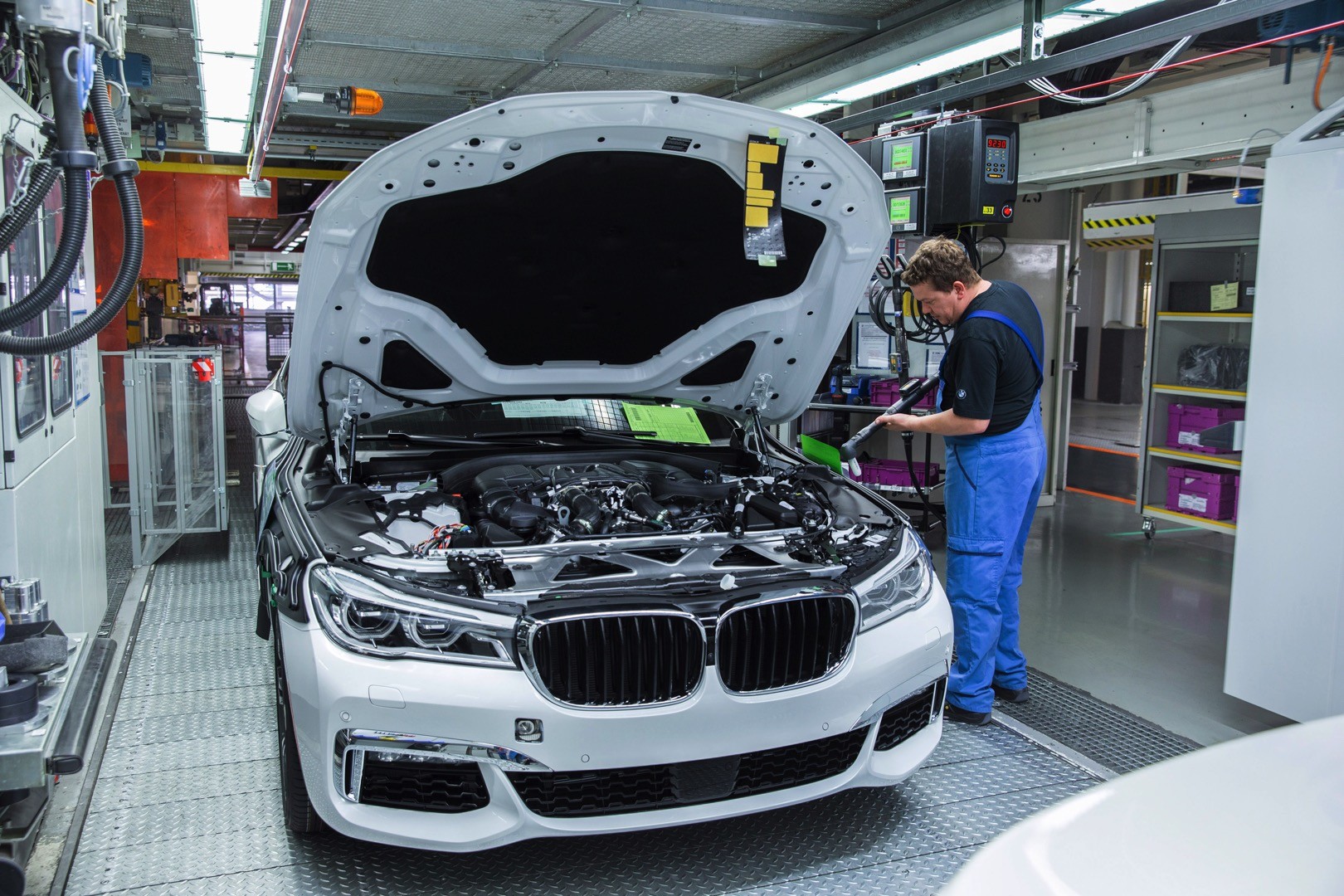 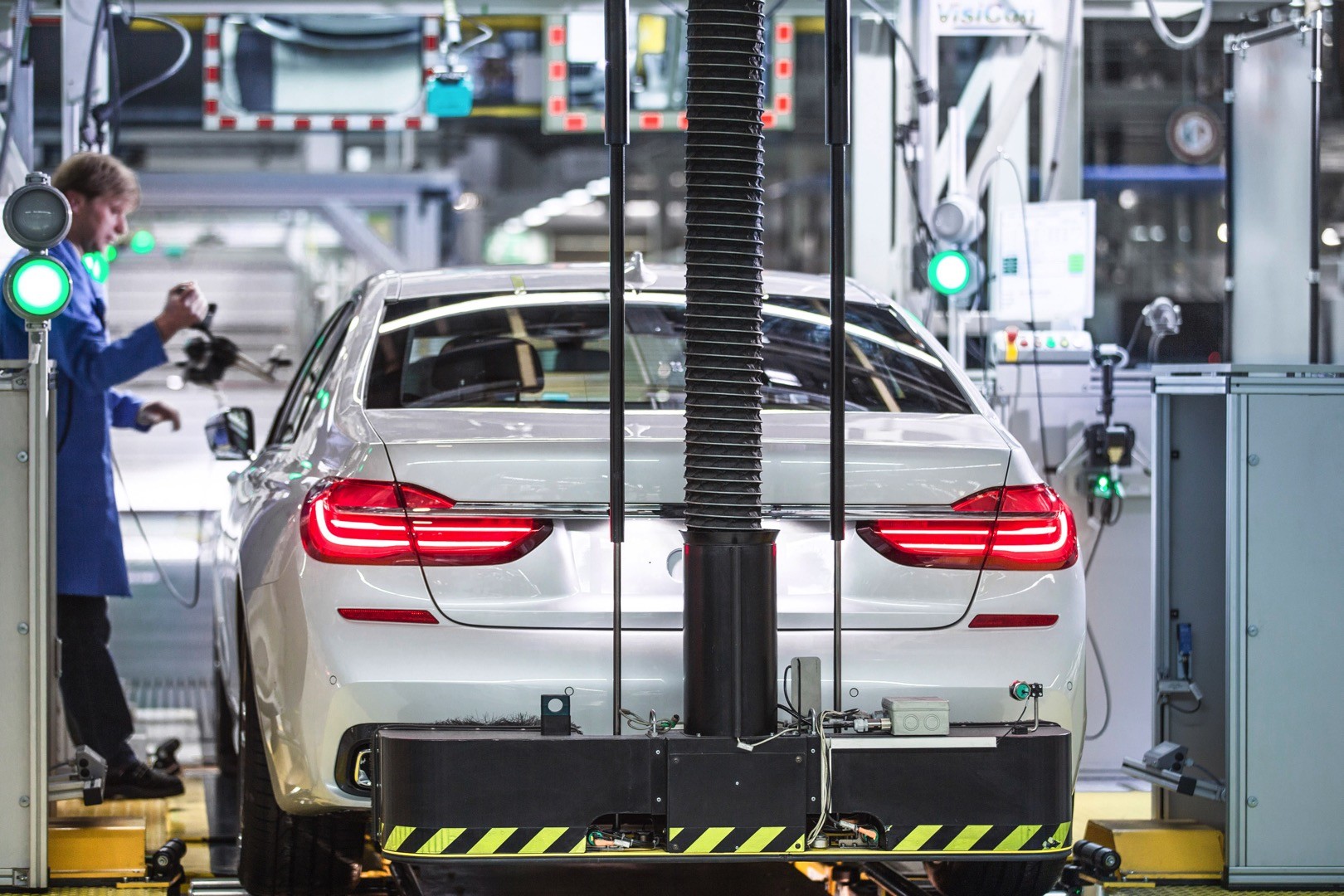 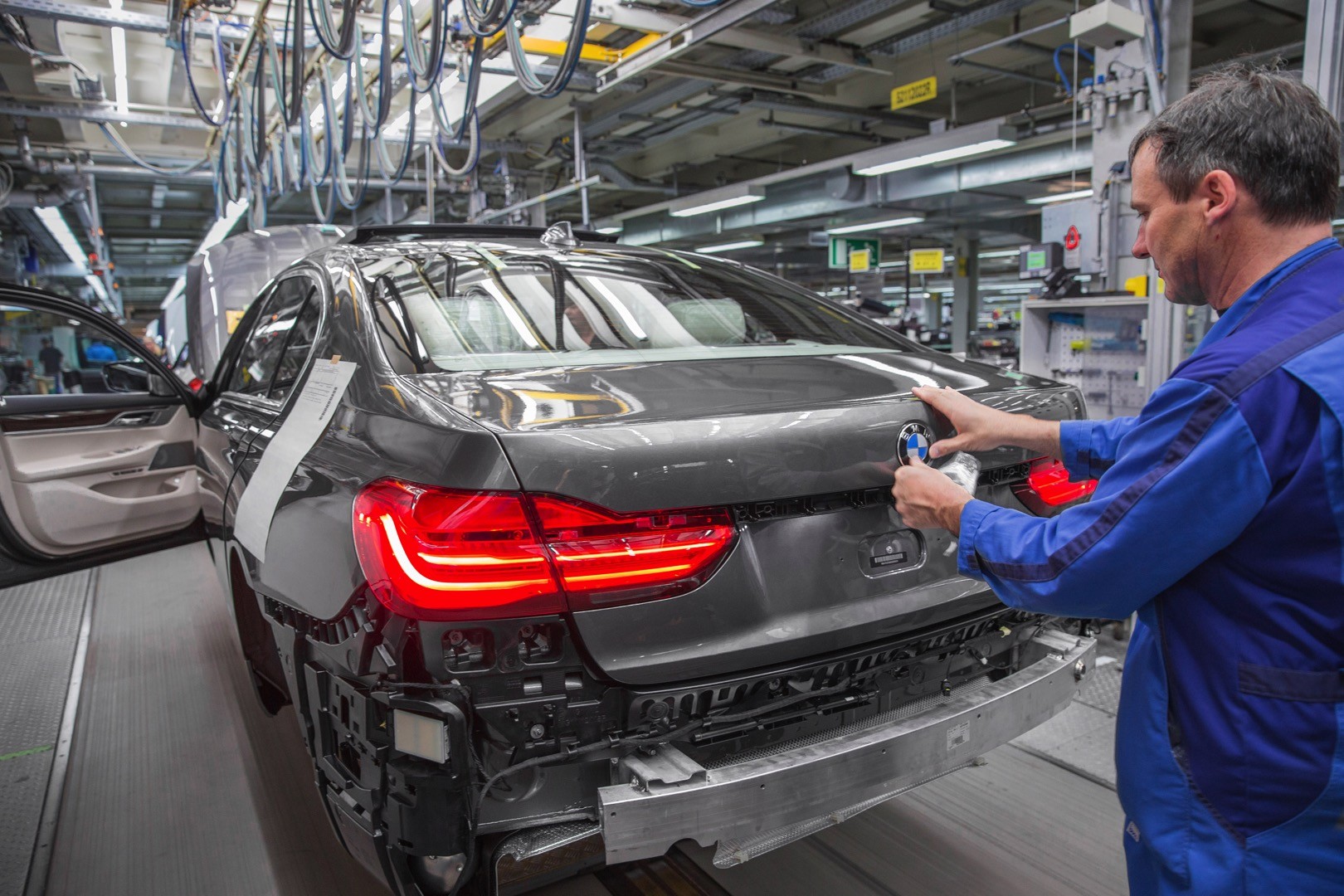 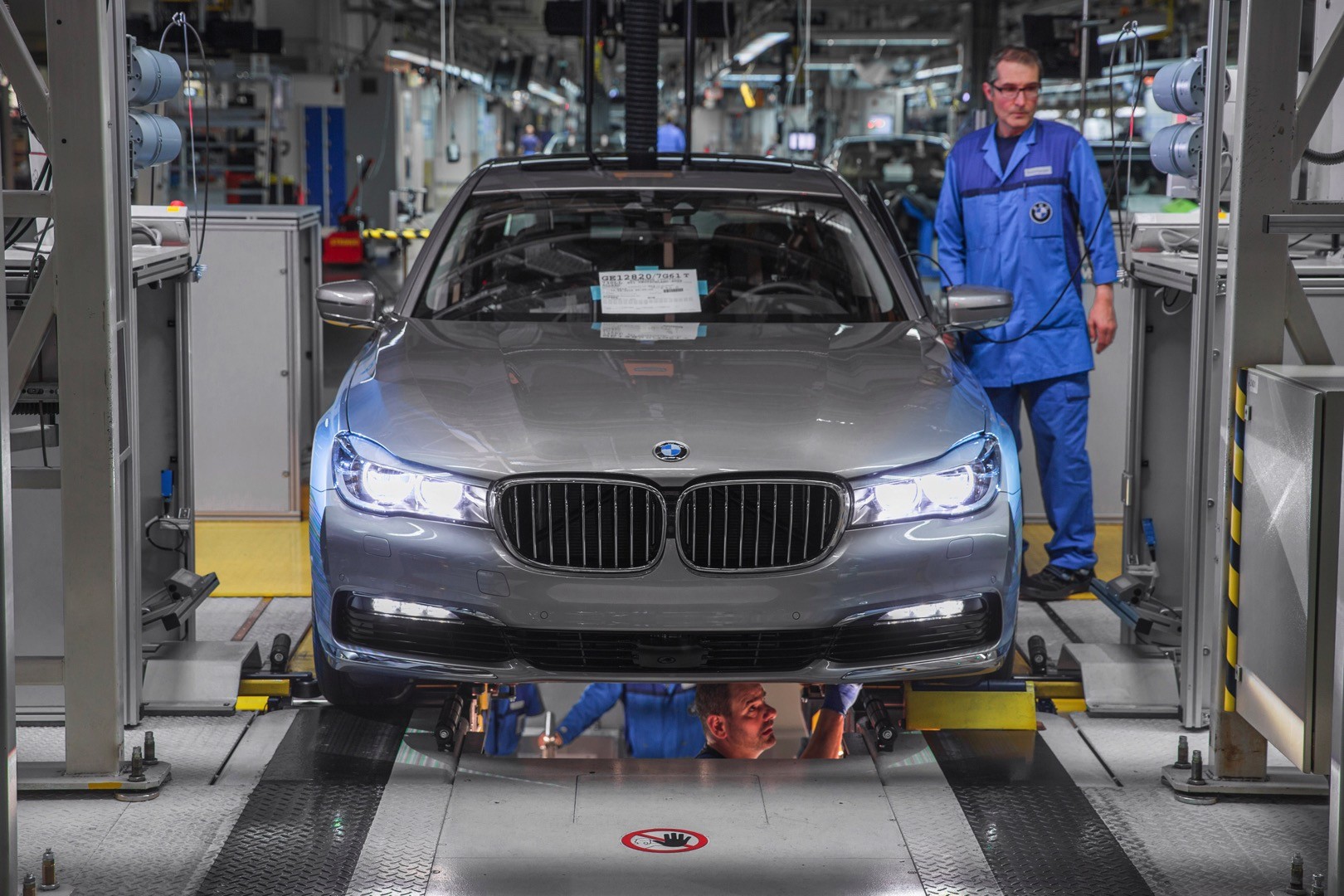 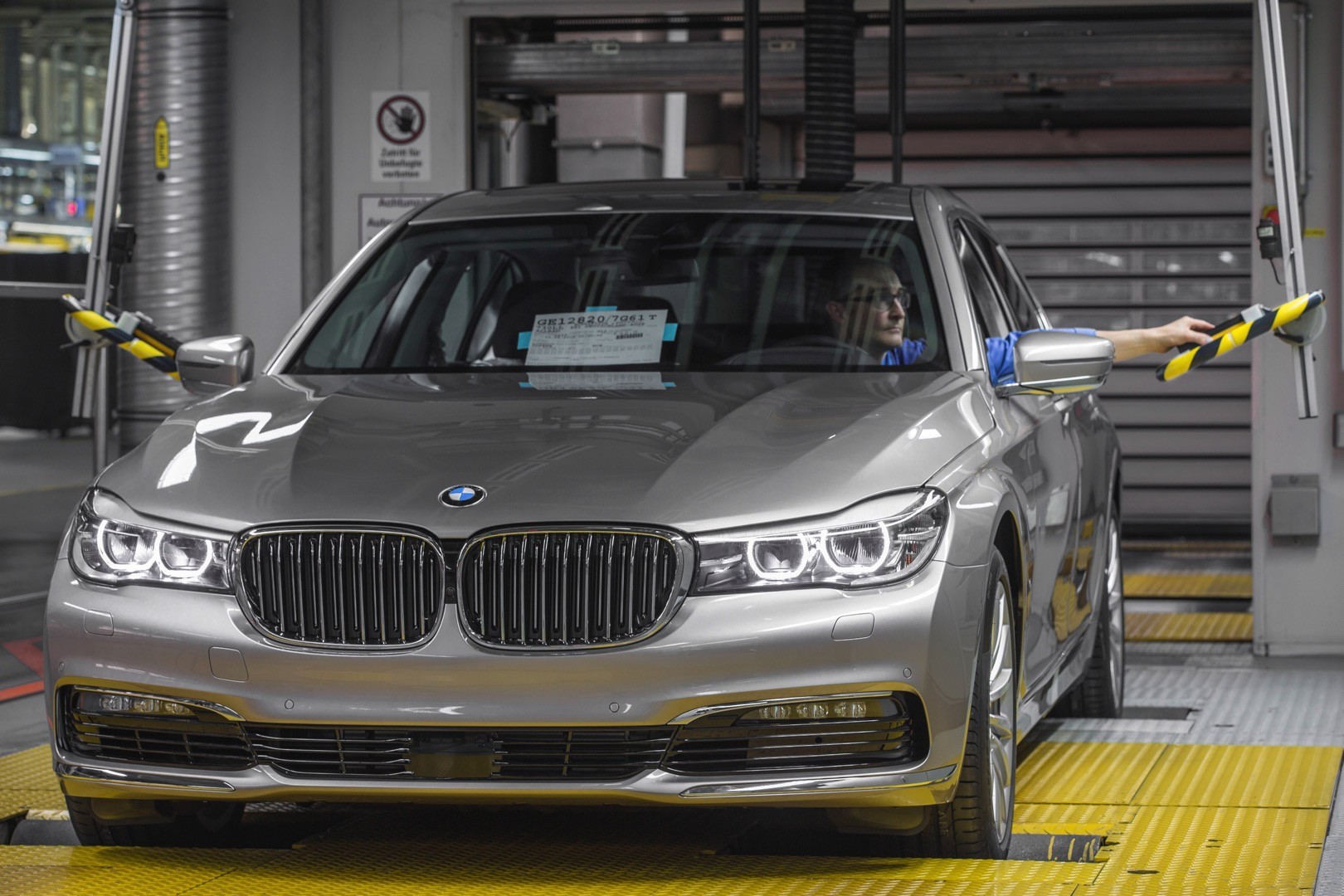
__________________
 |
|
|

|
|
|
#10 |
       Drives: "Kara Zor-El" 2017 2SS HBM Join Date: Jul 2014
Location: Lower Hudson Valley
Posts: 2,036
|
It looks like they took the DNA from the Hyundai Equuis and the new Impala and had Dr. Frankenstein put them together in the body of a Bentley.
It's alive!!! It's aliiiive!!!!
__________________
Lead me not into temptation. I already know the way.
Lana? Lana? LANA! LAAANAAAA!!!! What? Dangerzoooooone.  |
|
|

|
|
|
#11 | |
    Drives: 2010 2SS, 2011 Buick Regal Turbo Join Date: Mar 2009
Location: Nashville, Tennessee
Posts: 1,392
|
__________________
 |
|
|
|

|
|
|
#12 |
|
Casual Camaro Owner
Drives: 2010 Black LS V6 Join Date: Jan 2010
Location: Jacksonville Fl
Posts: 1,090
|
Well... It still looks to same but im loving the drivetrain. I don't think they can top the S Class. Hell even the CTS6 and the lincolin concept looks more exciting than this.
|
|
|

|
|
|
#13 |
   Drives: 4 wheels Join Date: Mar 2014
Location: anyplace, USA
Posts: 1,177
|
Sweet Jebus.
|
|
|

|
|
|
#14 |
|
just can't get enough
|
Wow, hi tech stuff!
12. A key fob with a color touchscreen (above) allows owners to remotely drive the 2016 BMW 7 Series forward into a garage or narrow parking space and then reverse it out. The system currently works only with forward parking and cannot reverse into a space remotely. |
|
|

|
 |
|
|